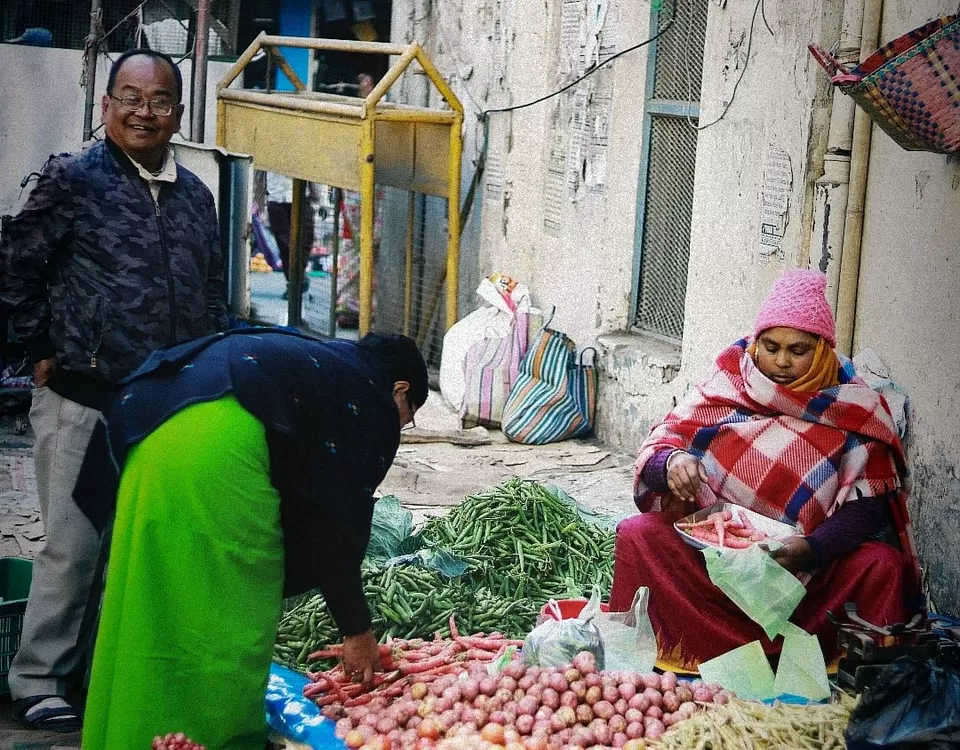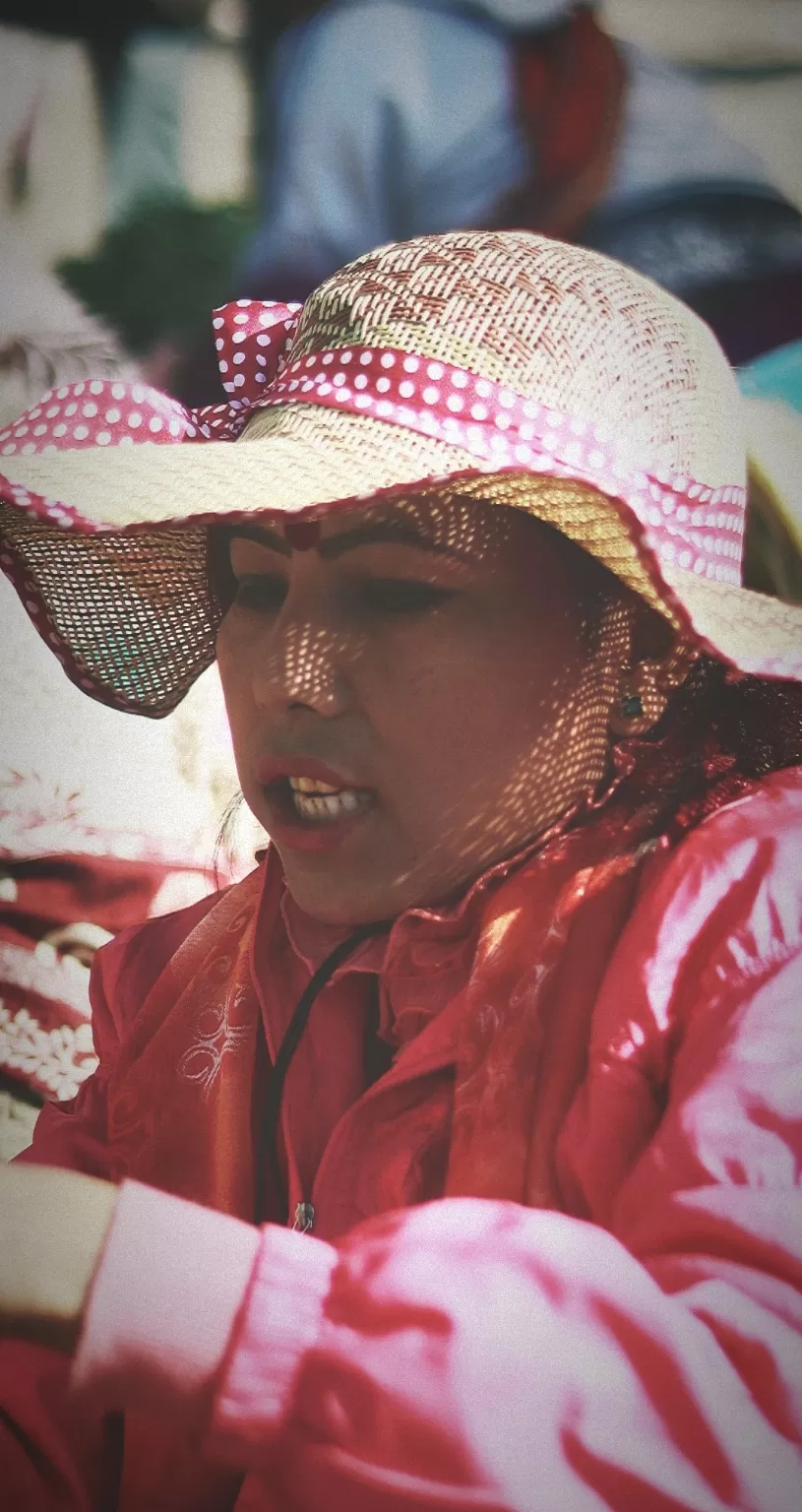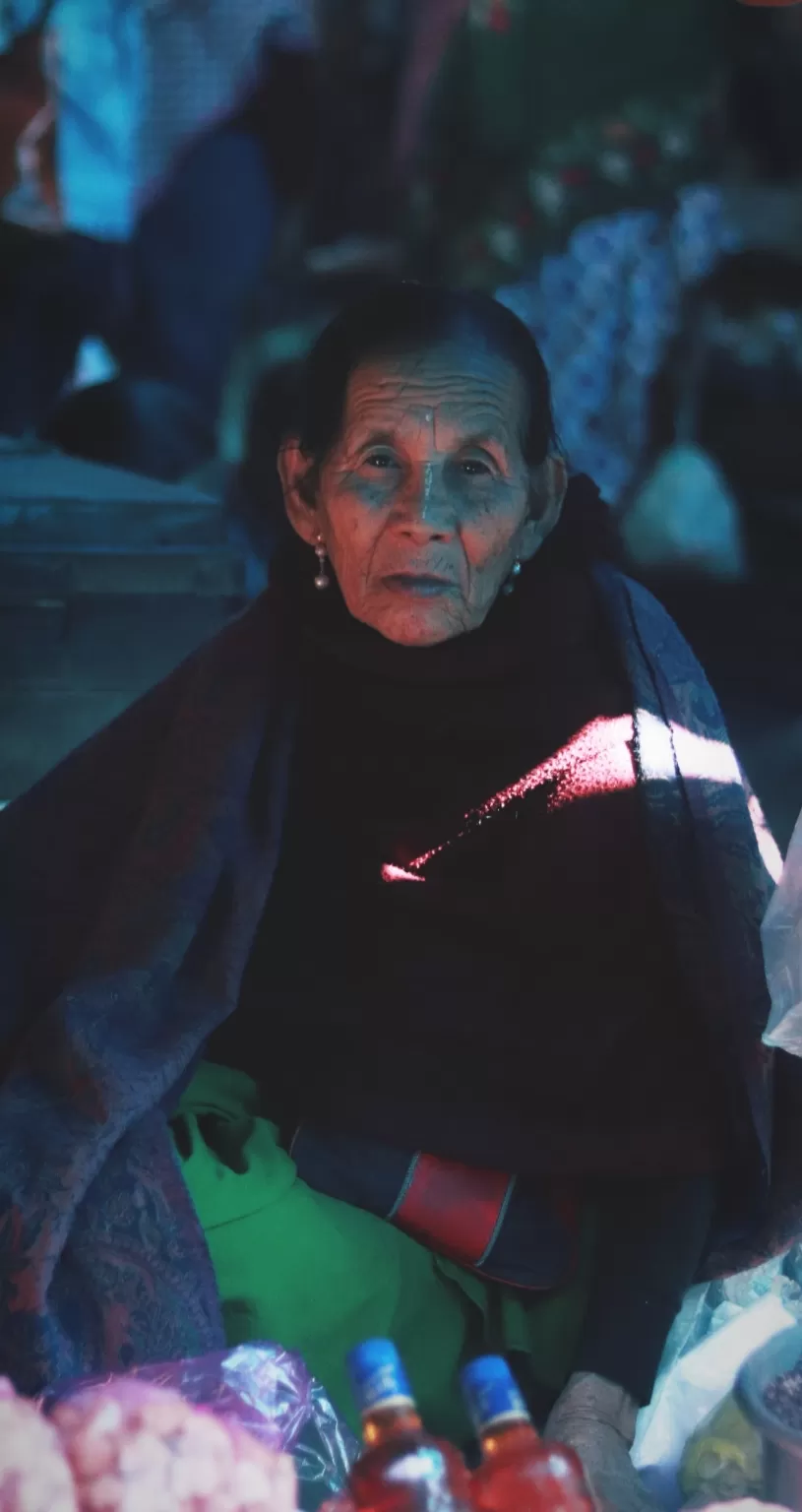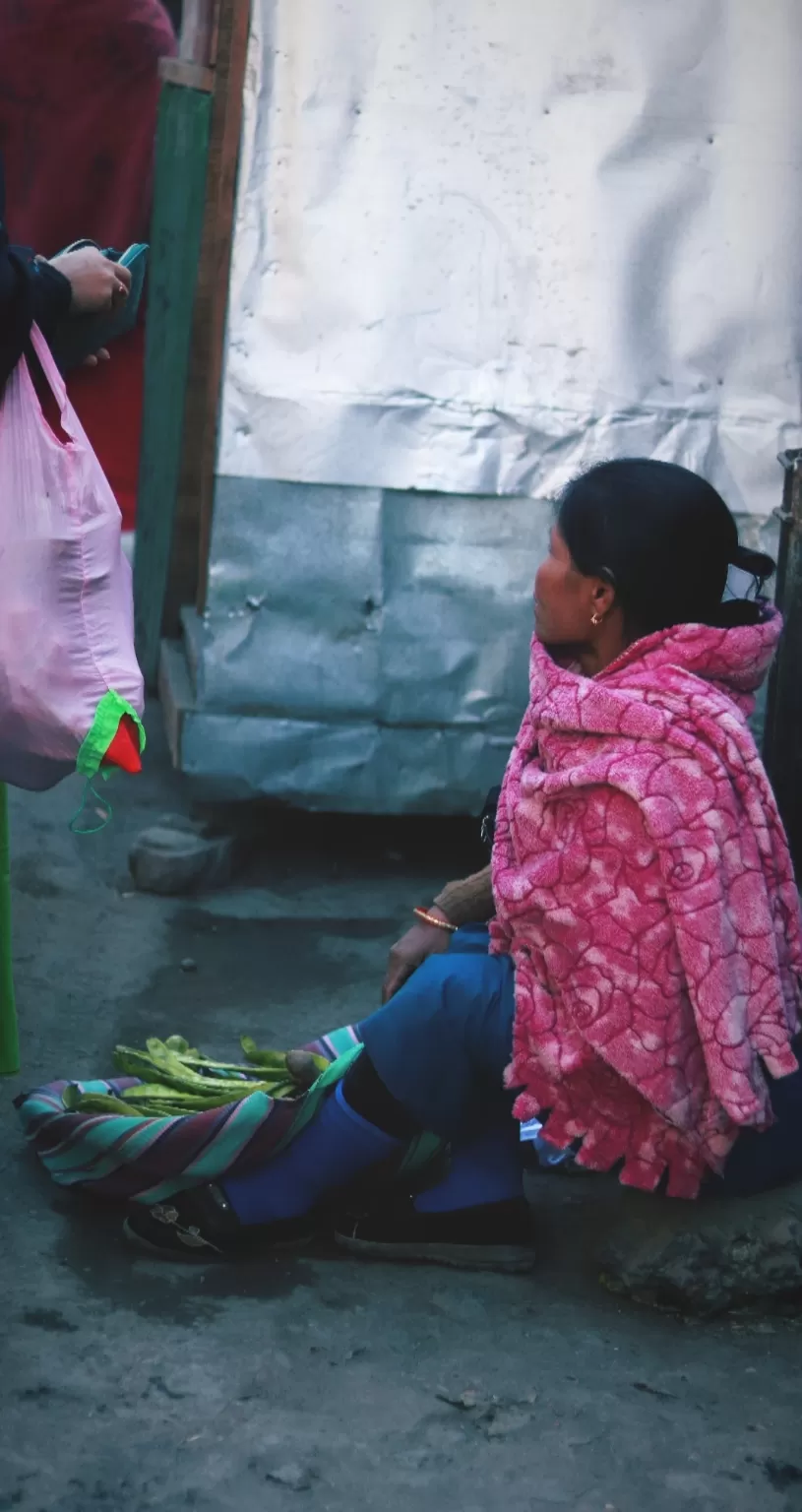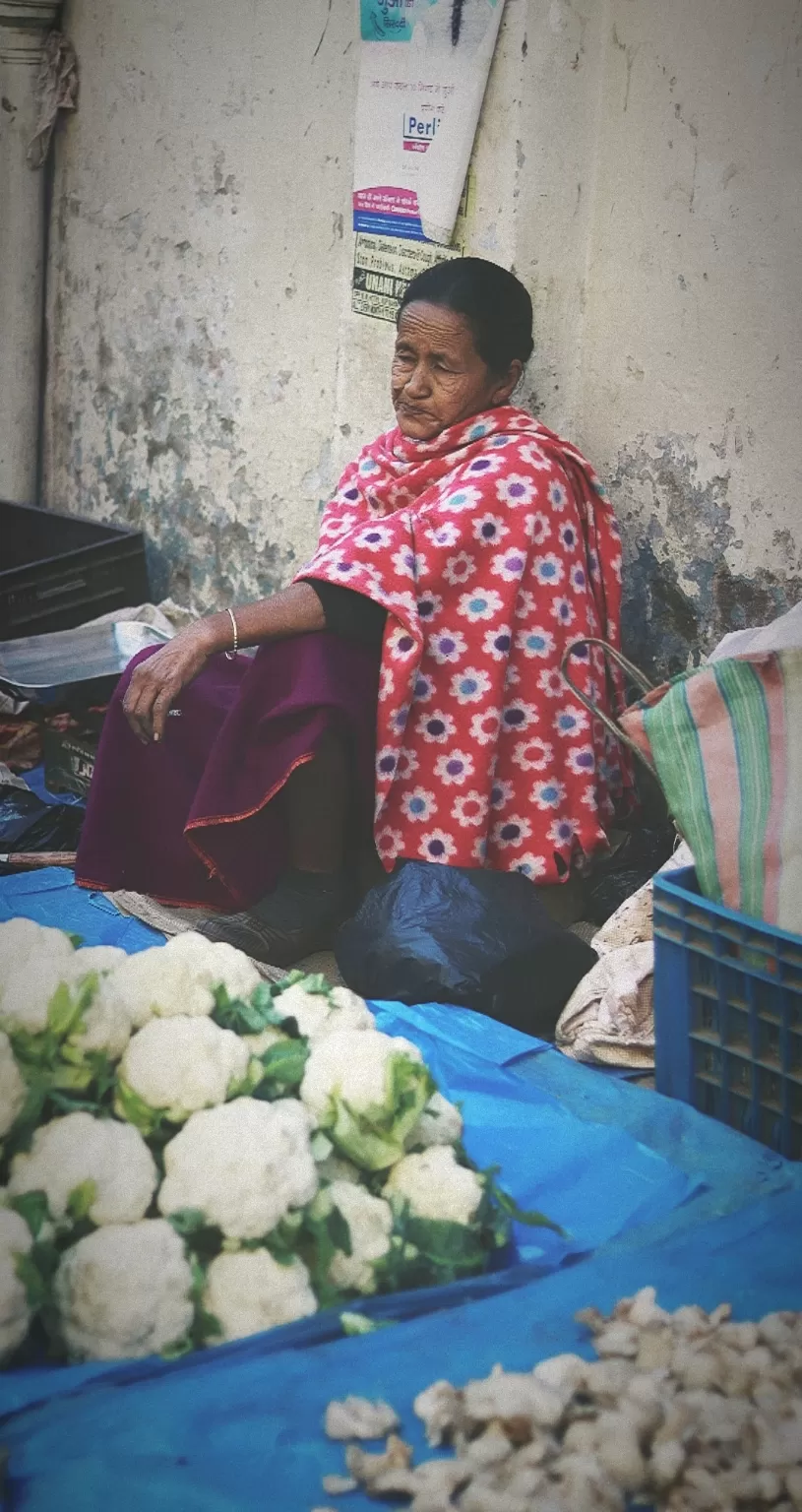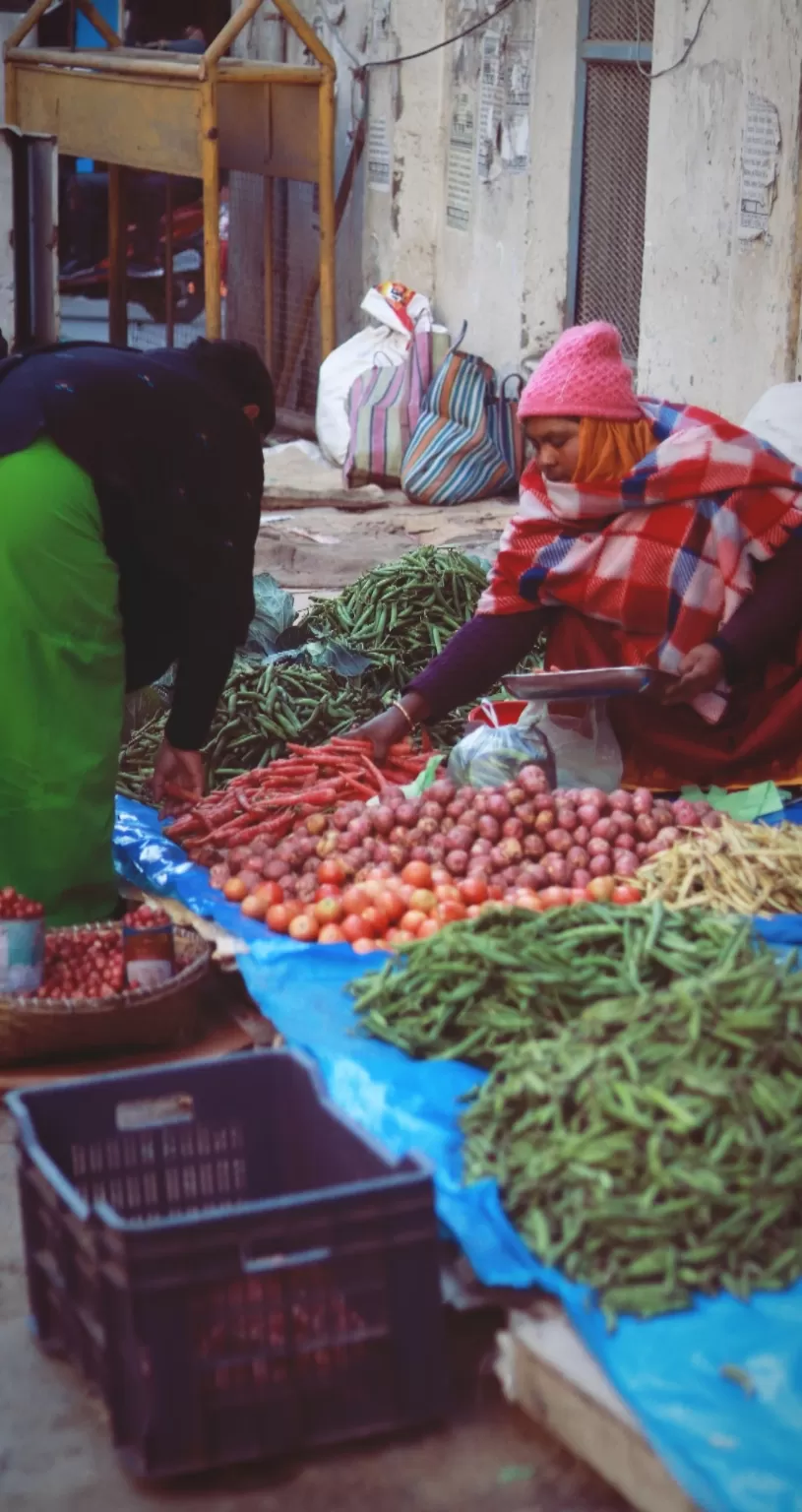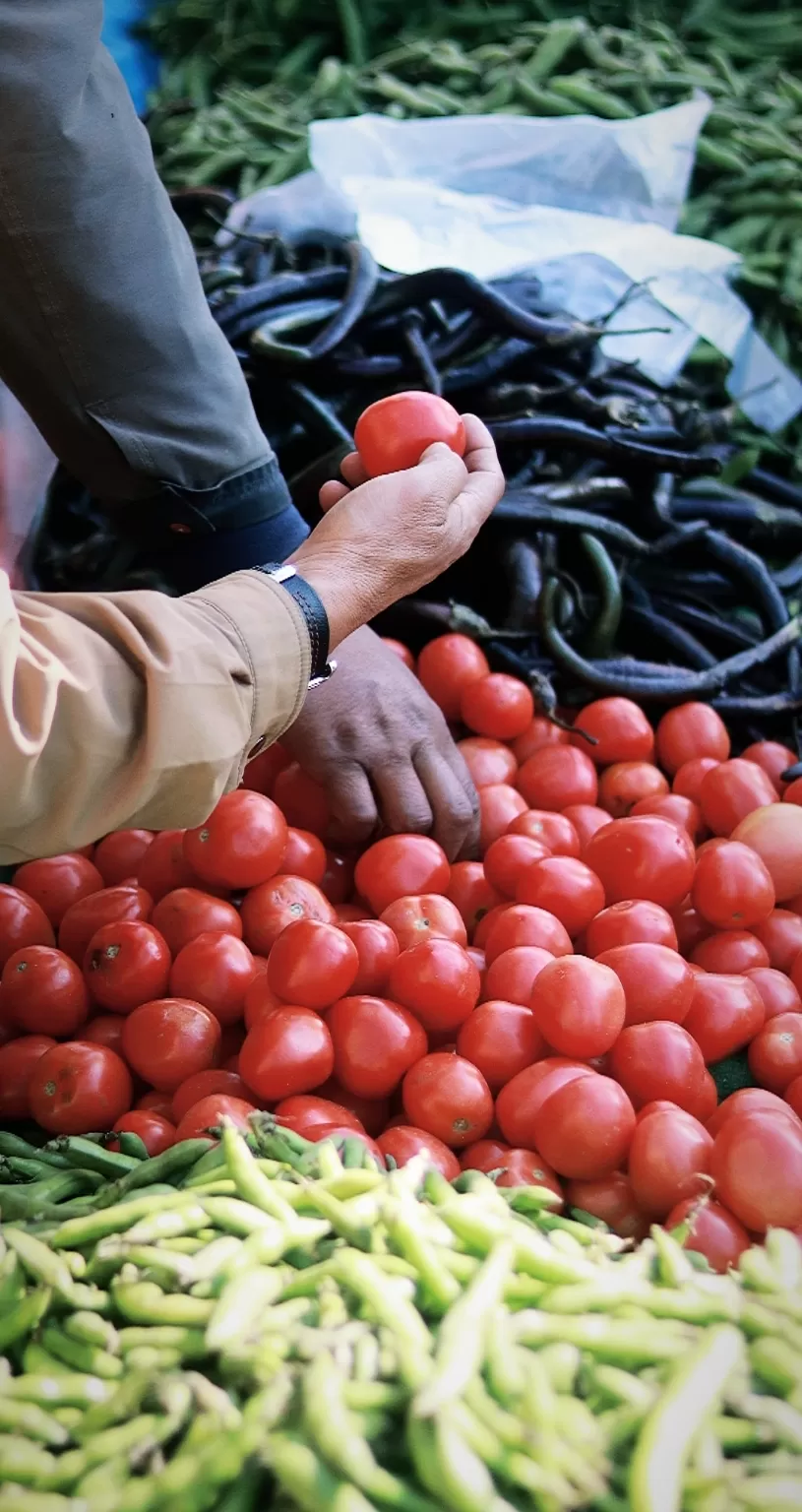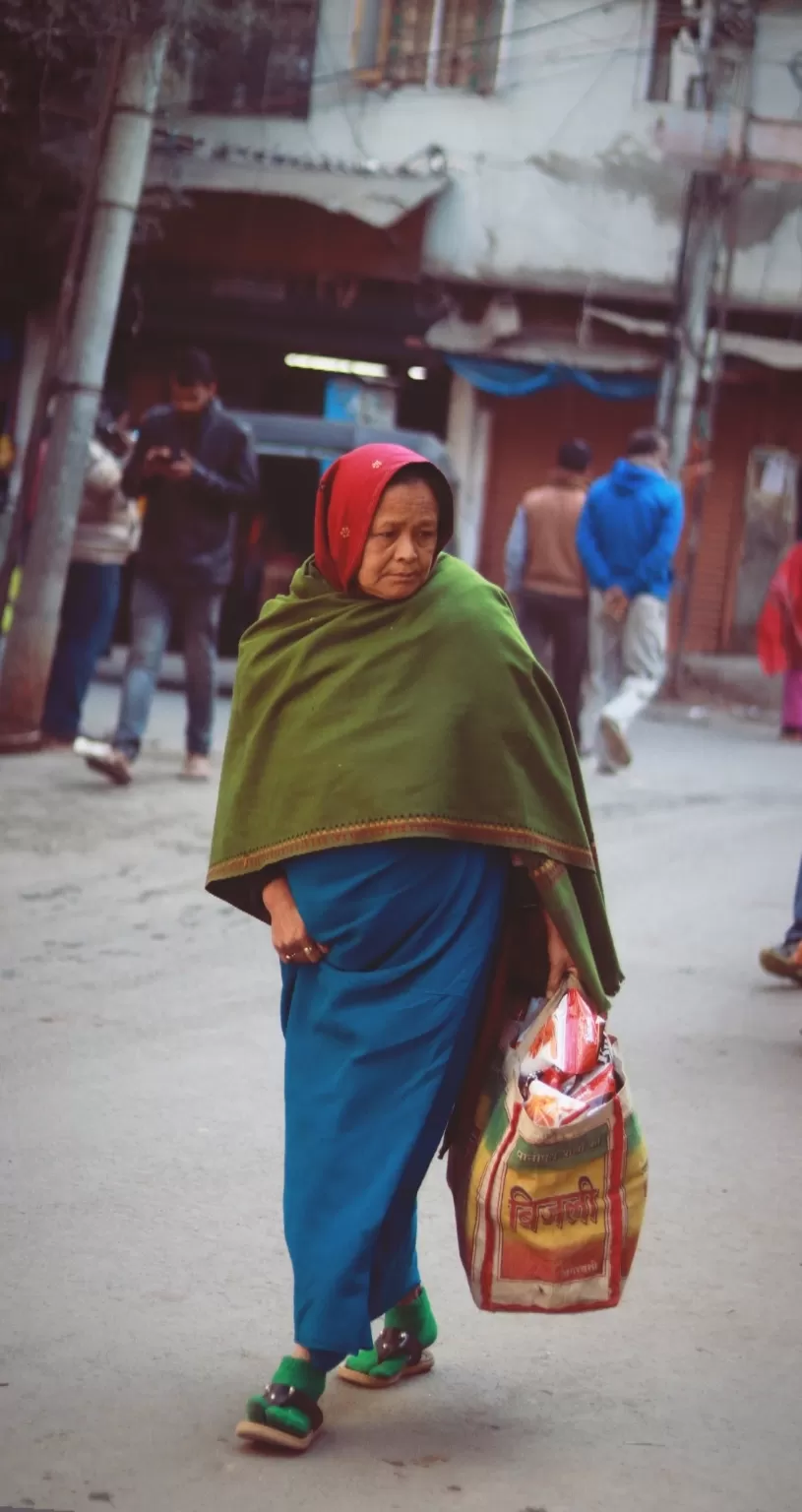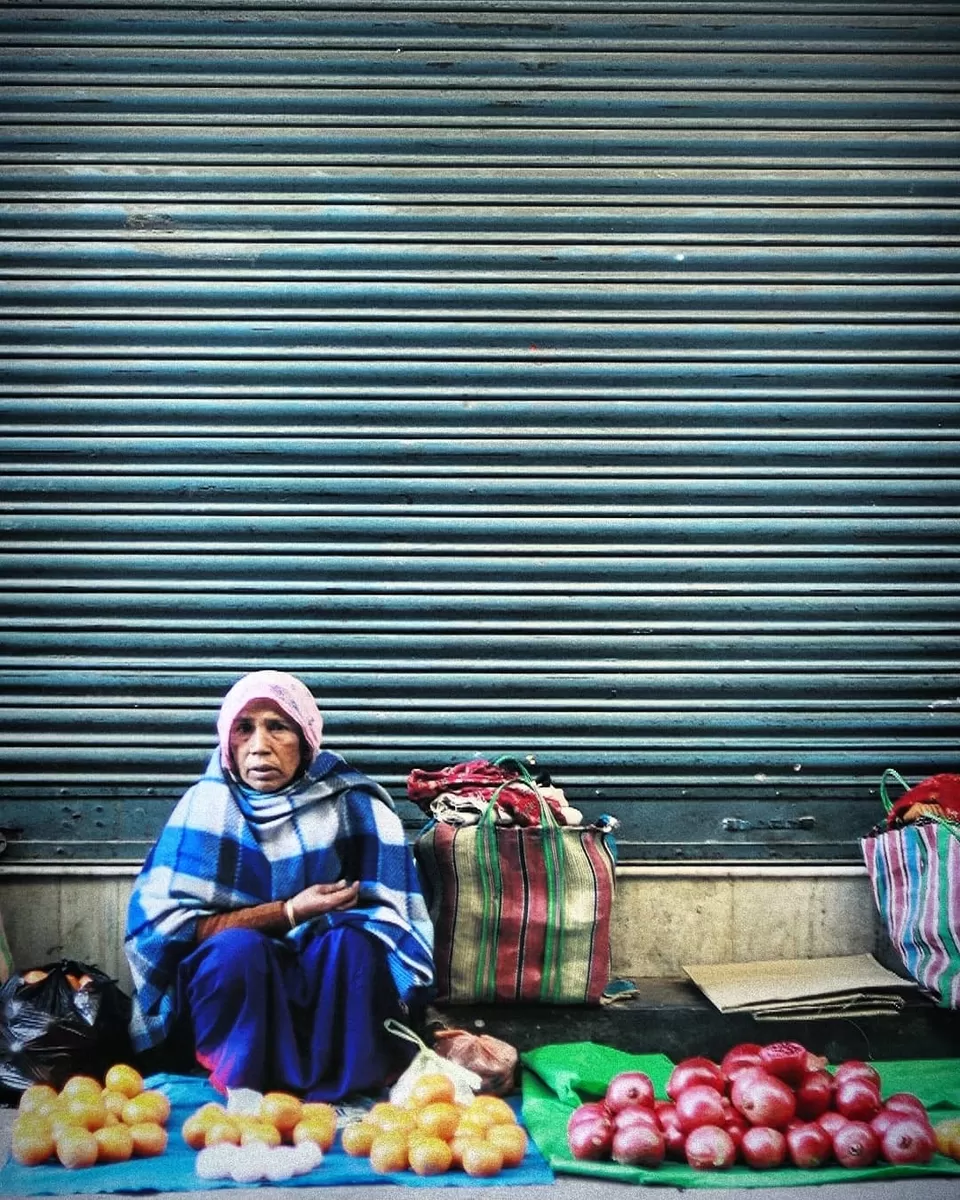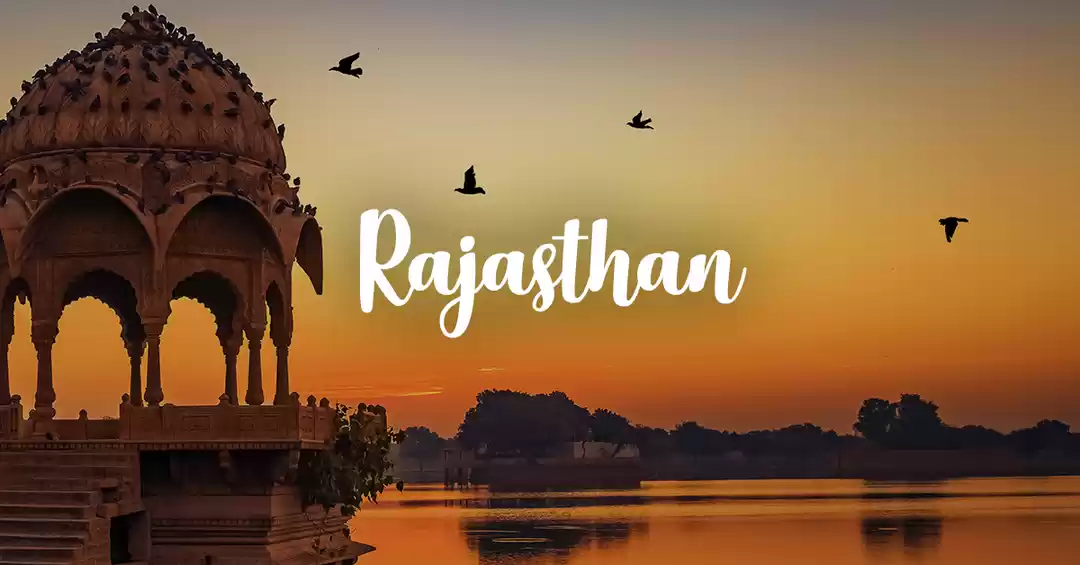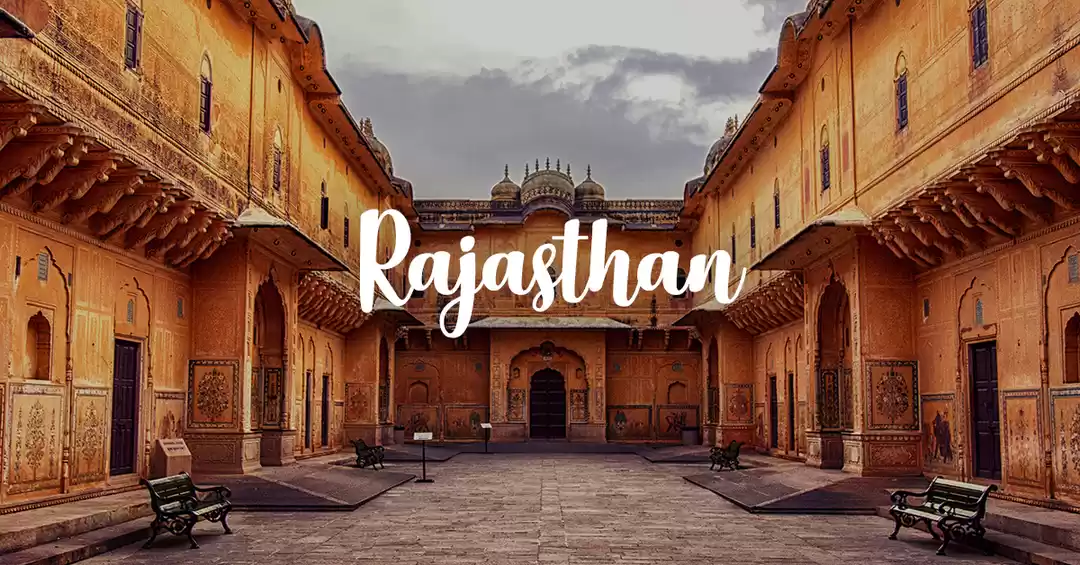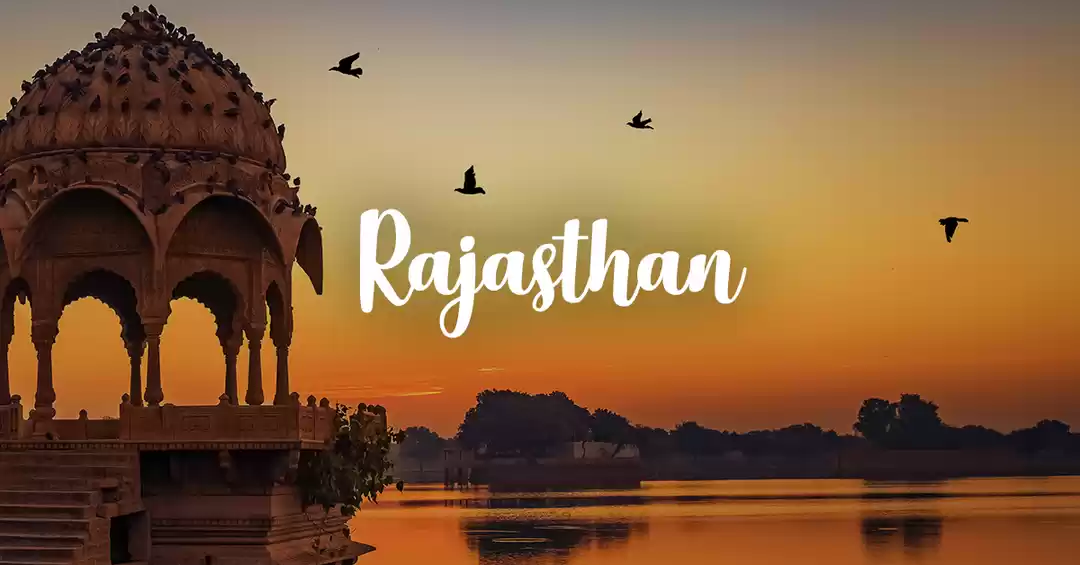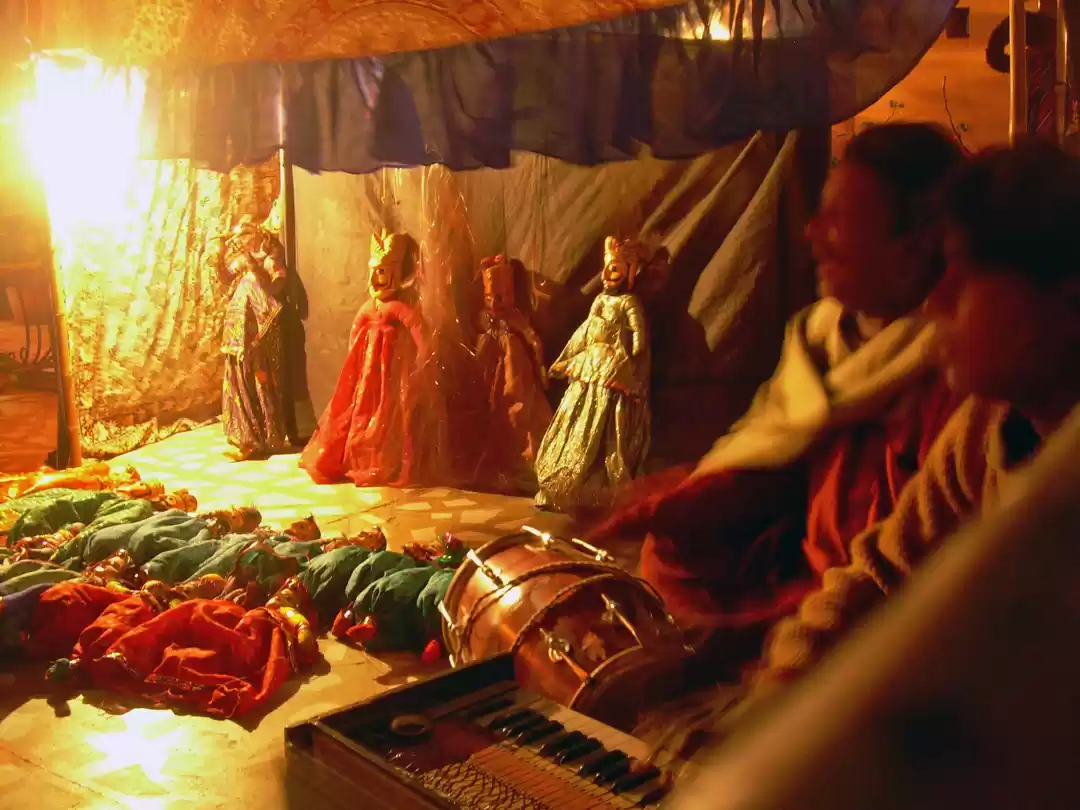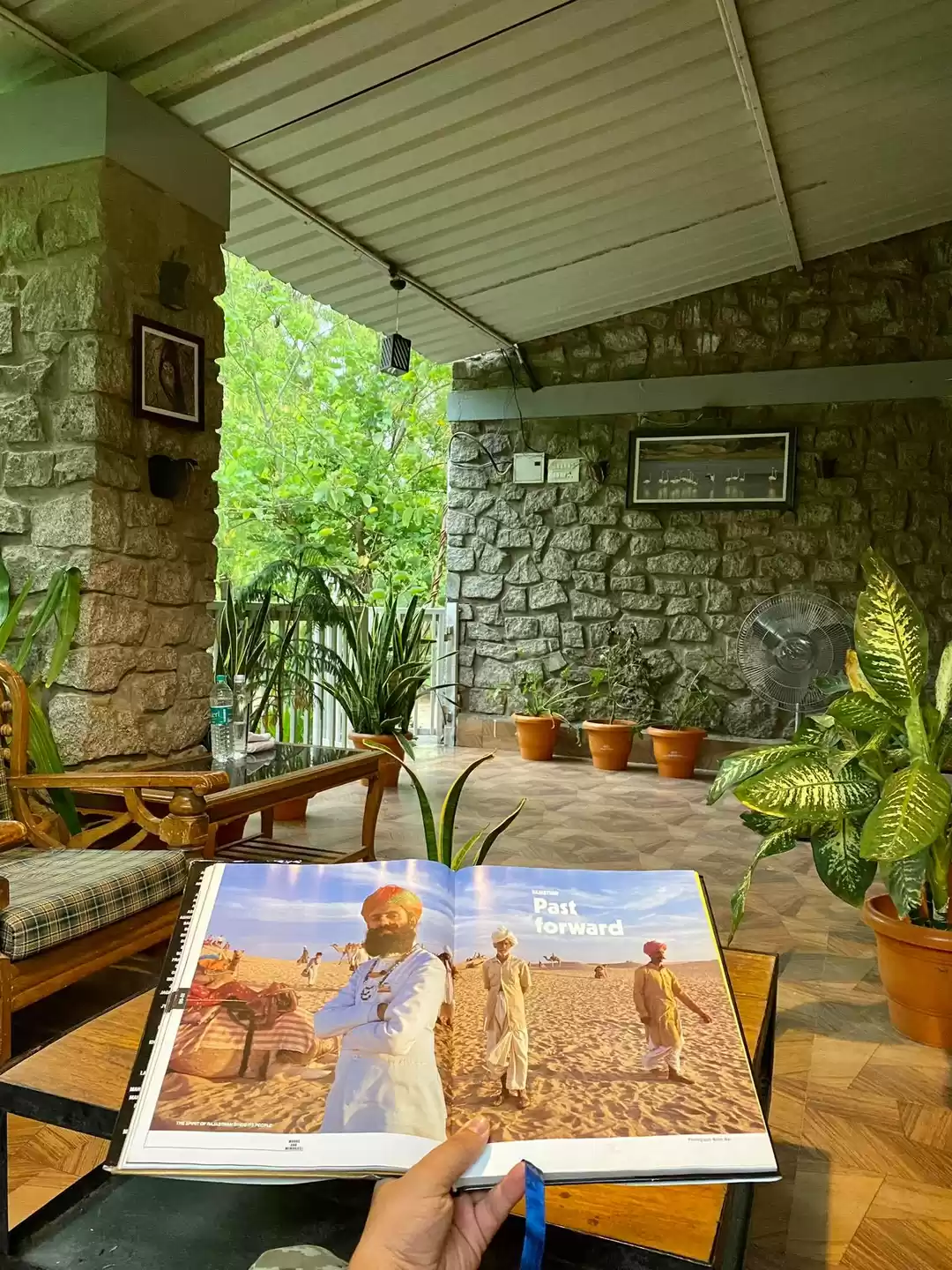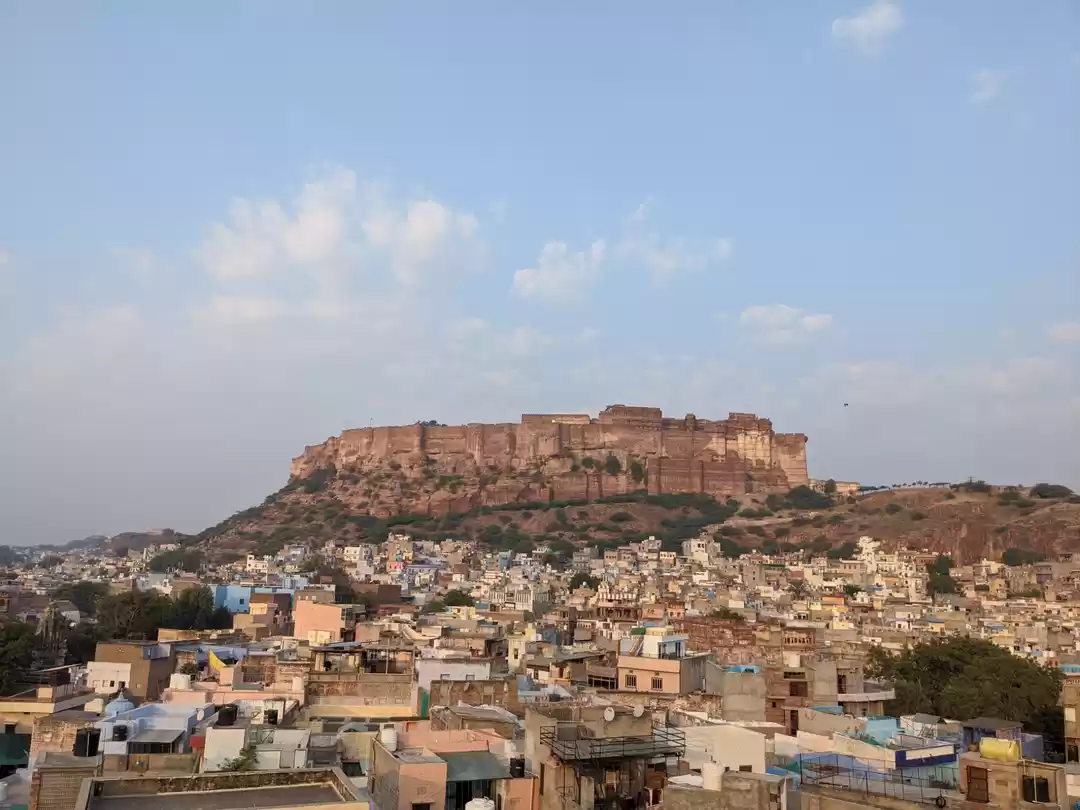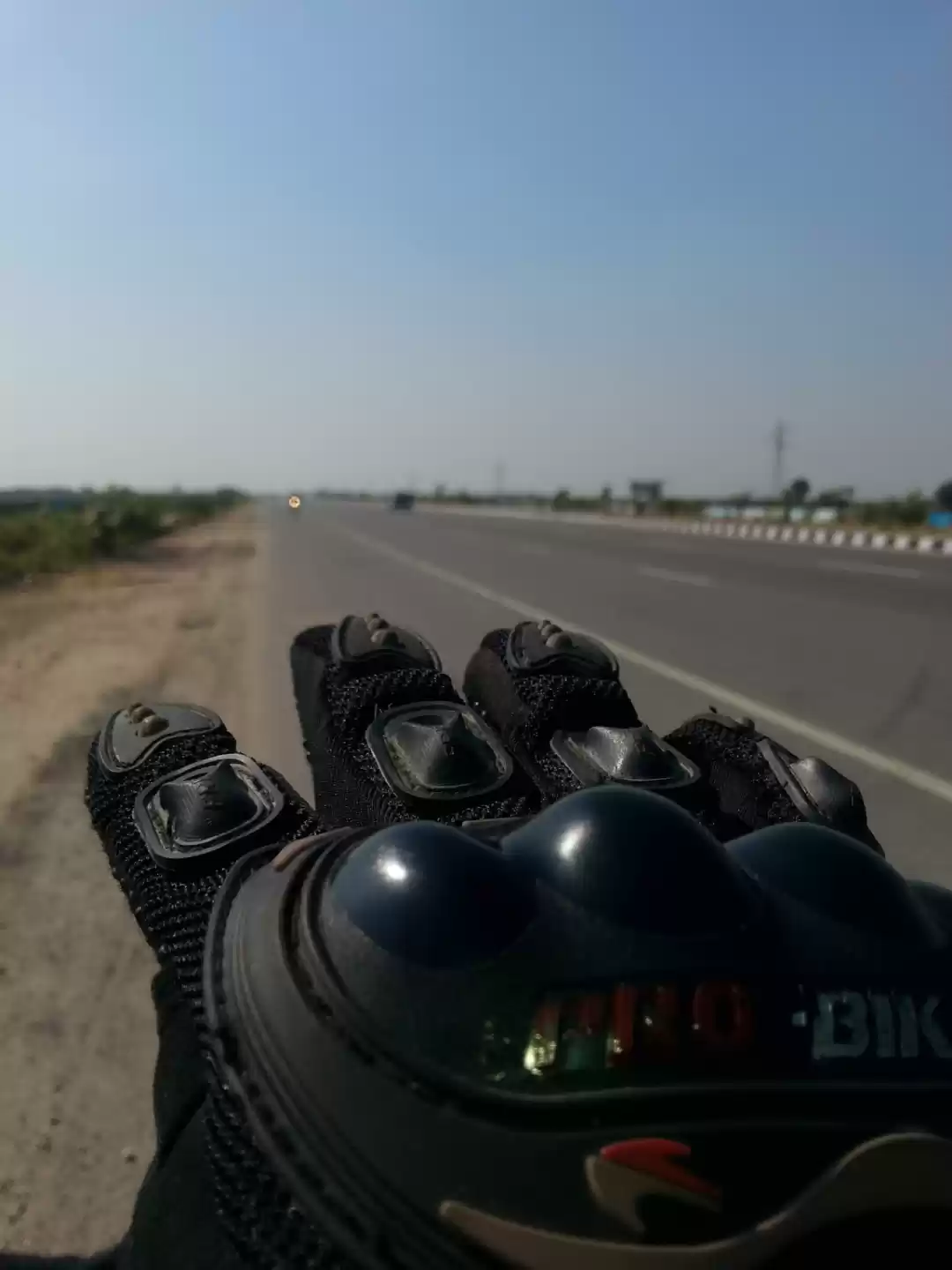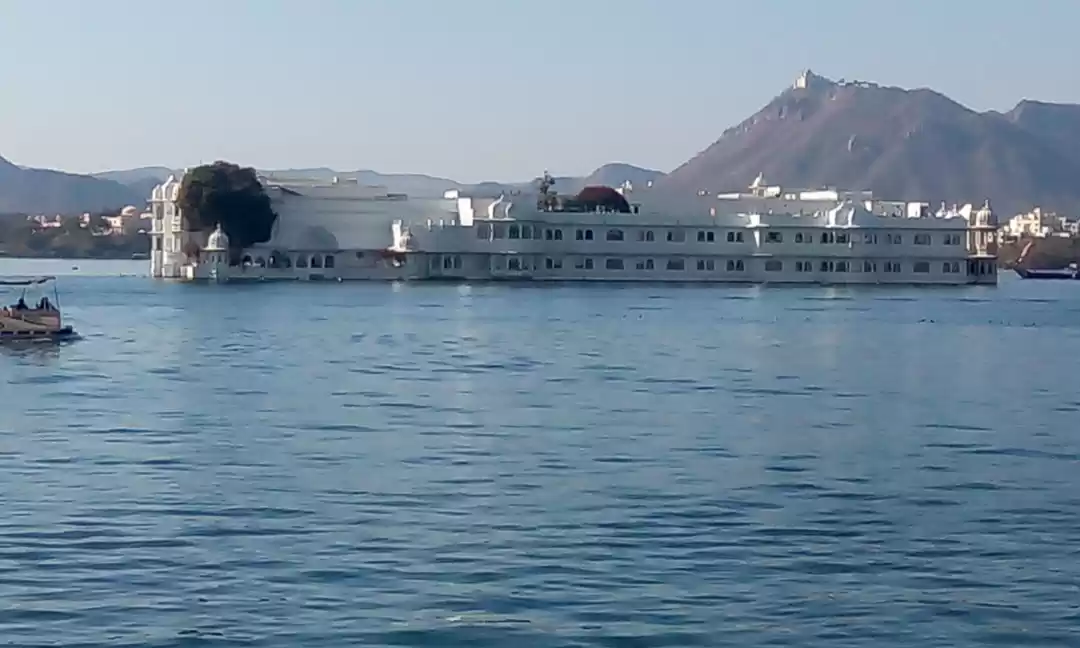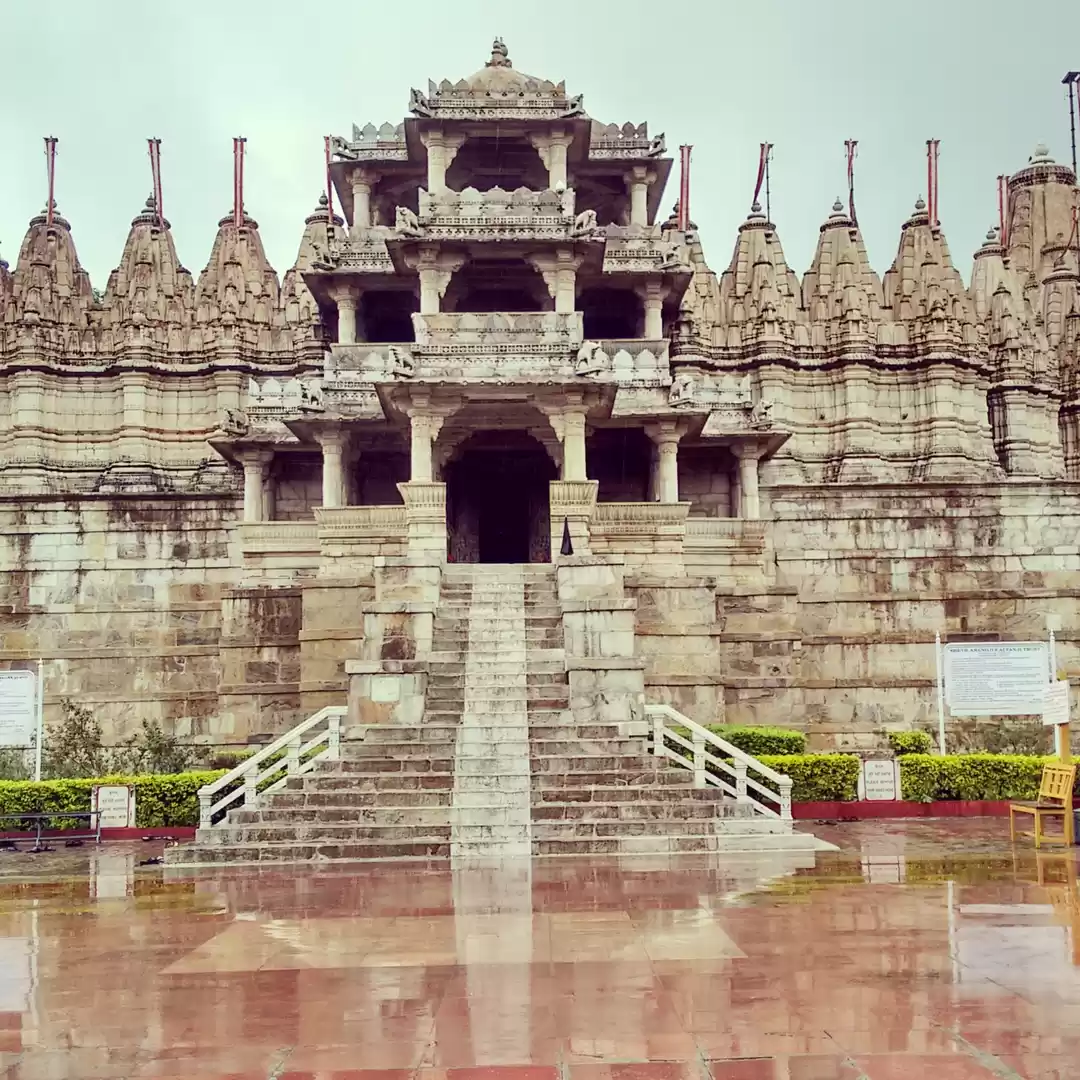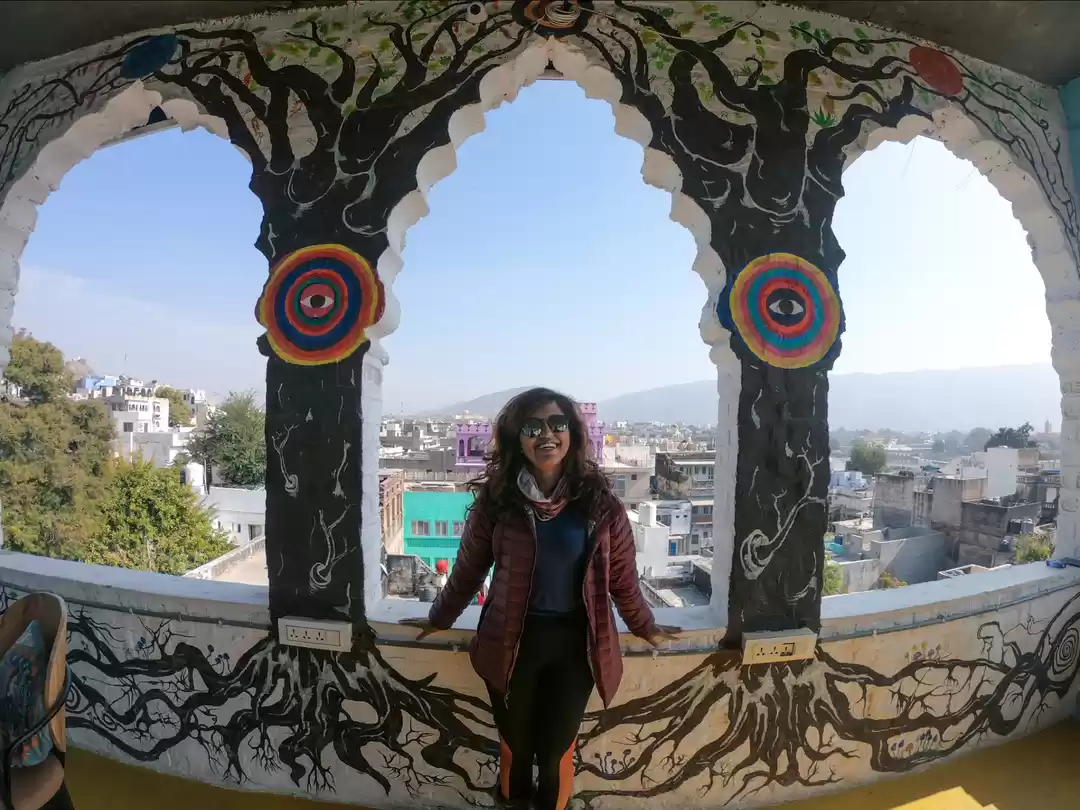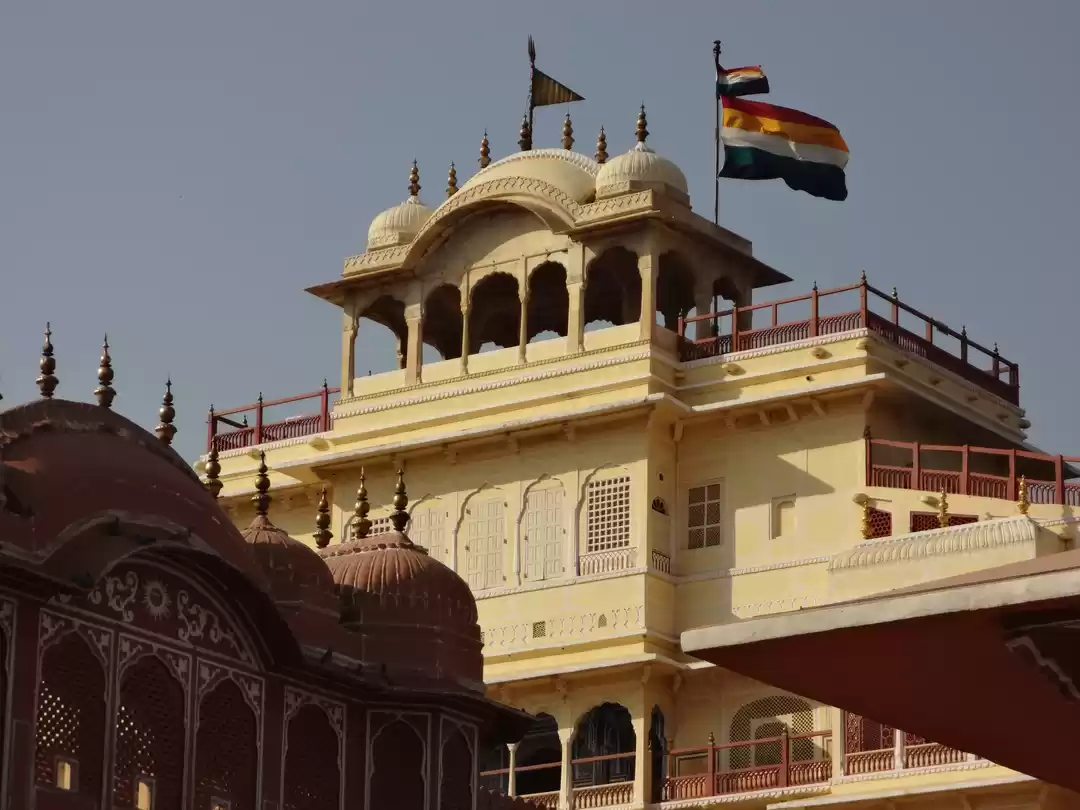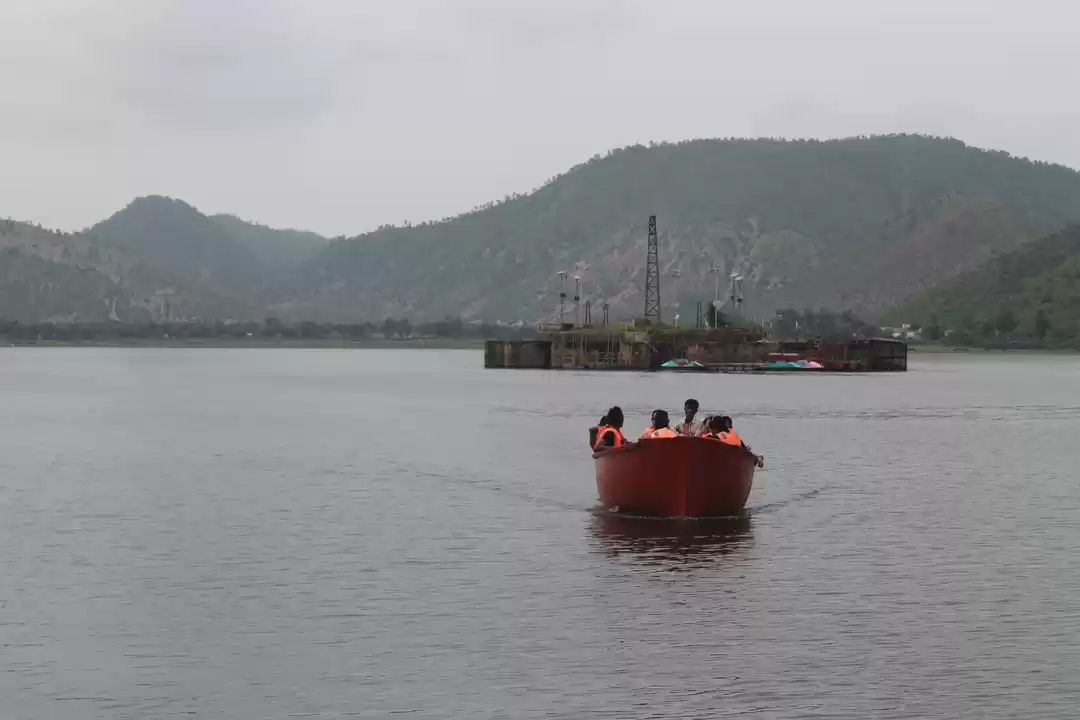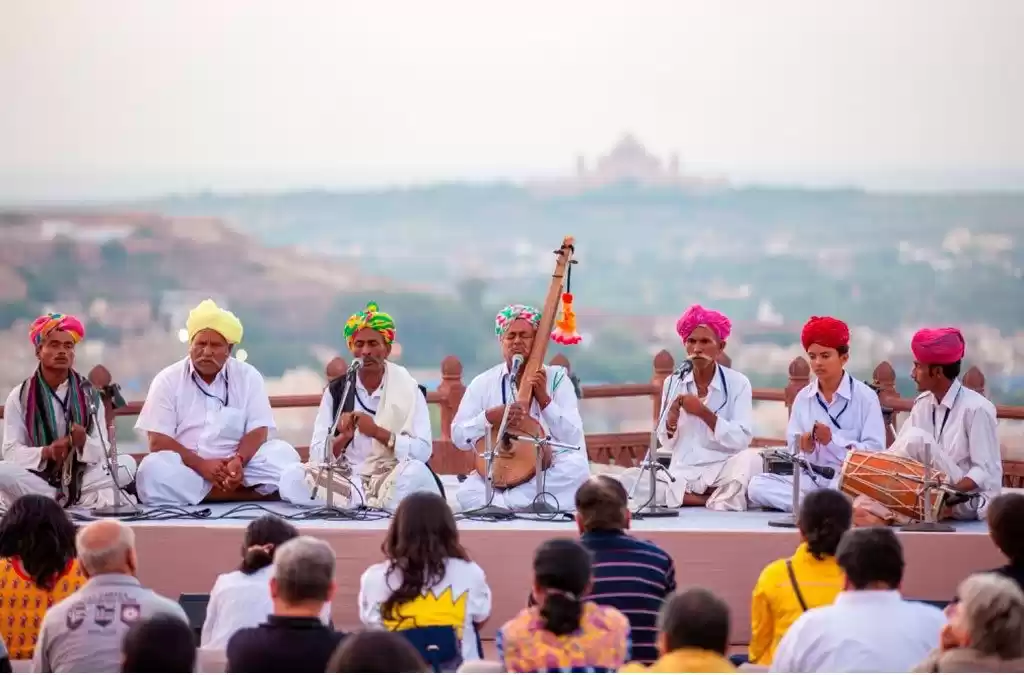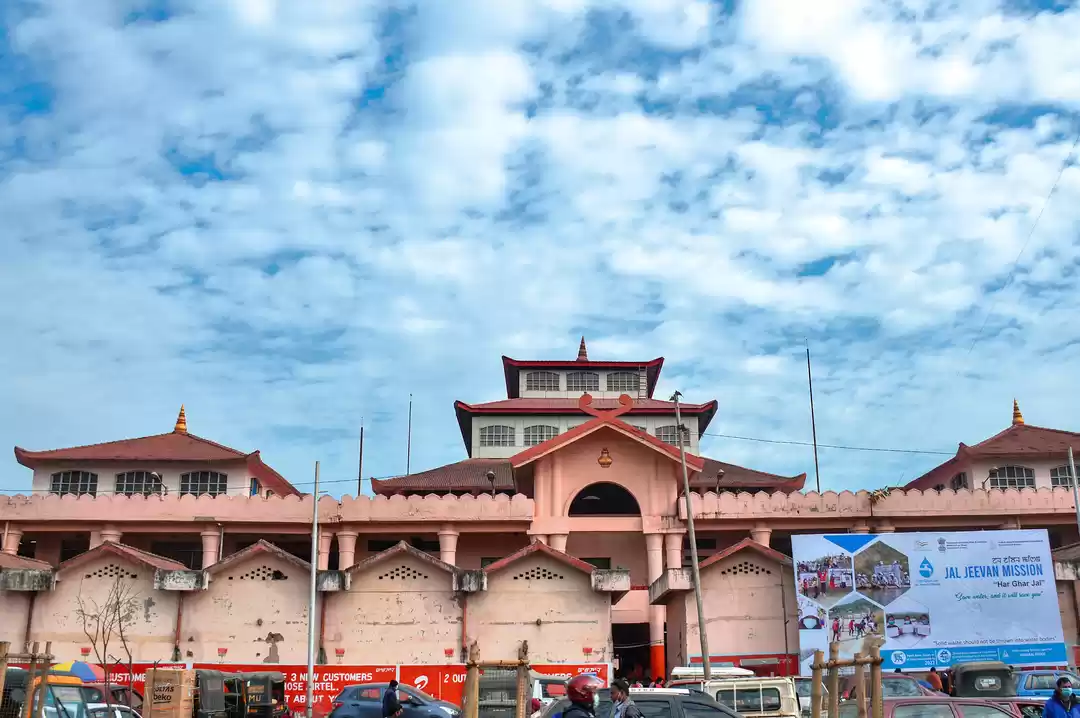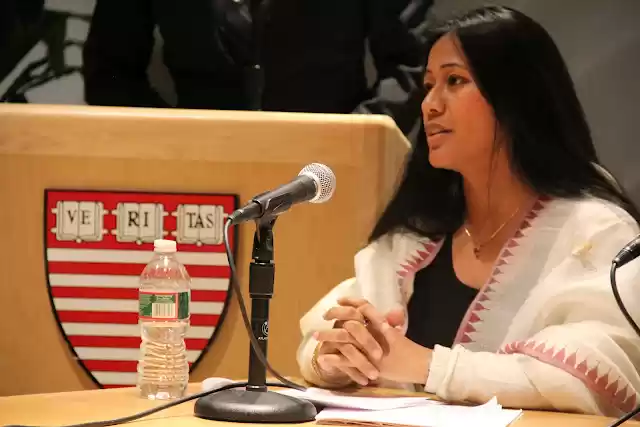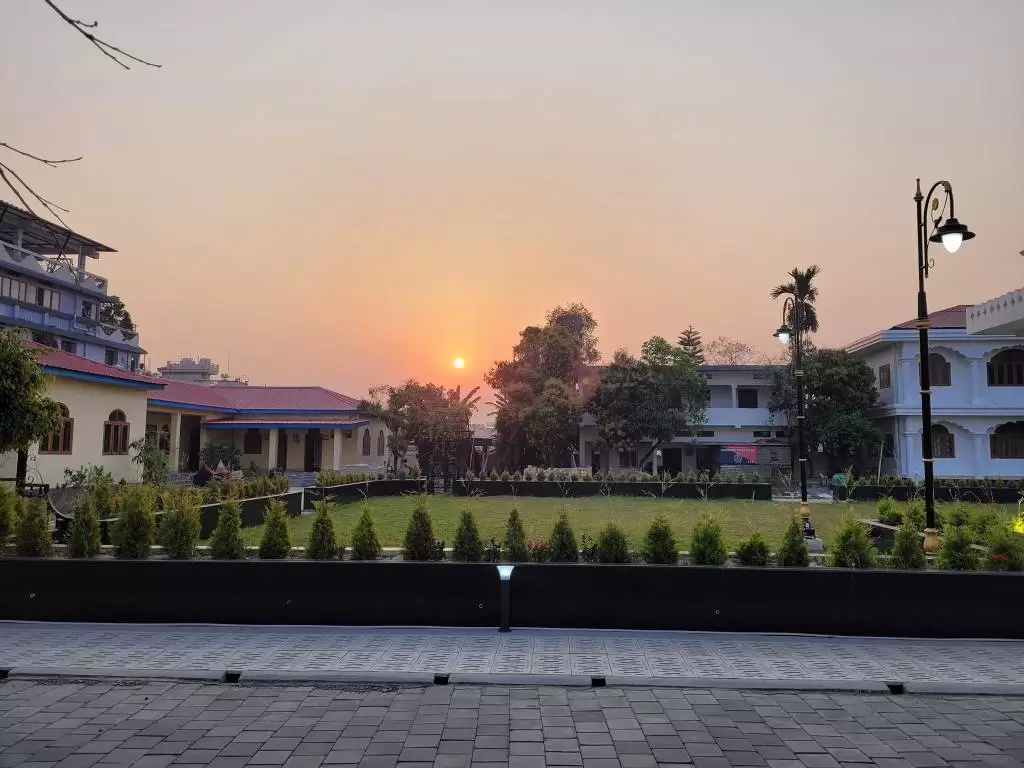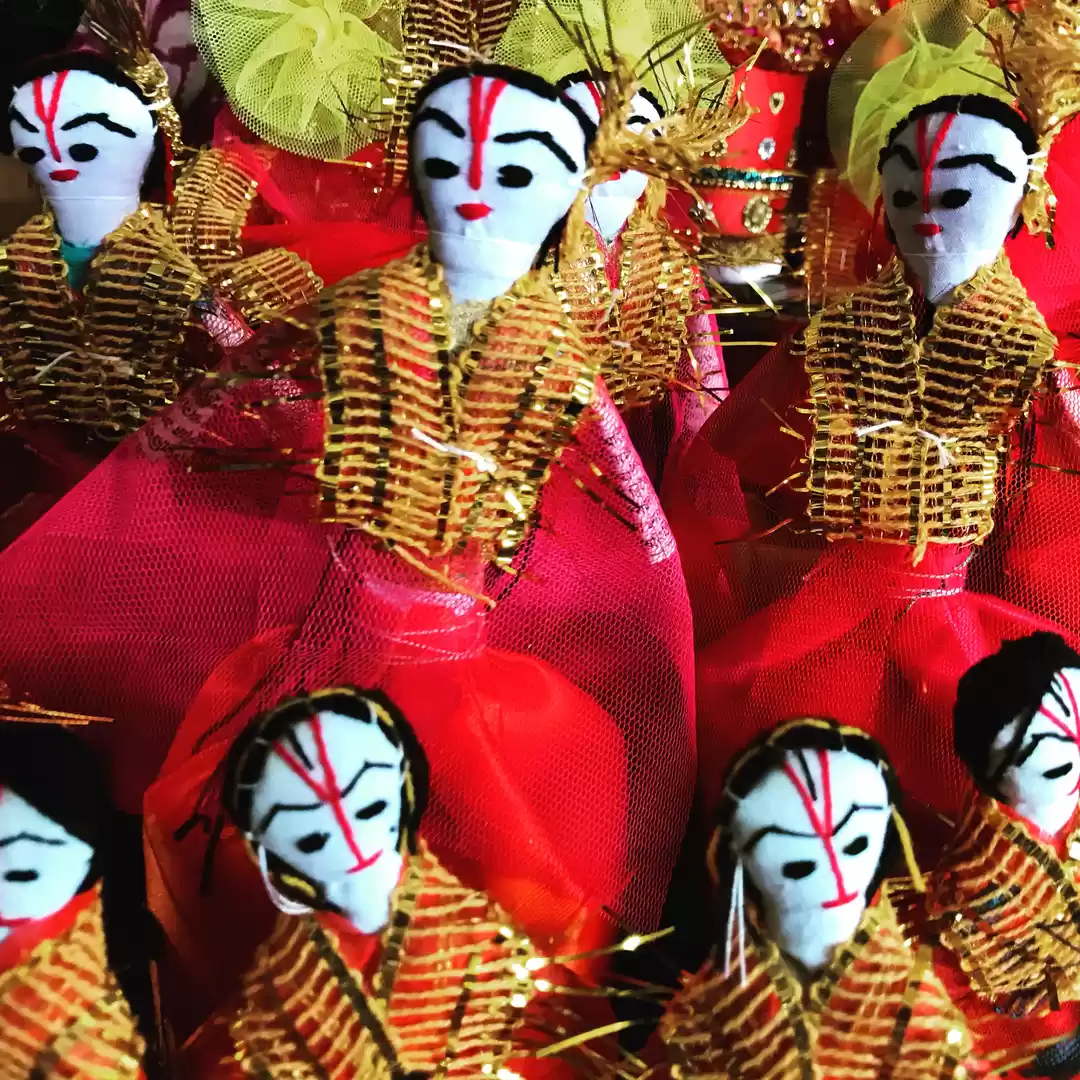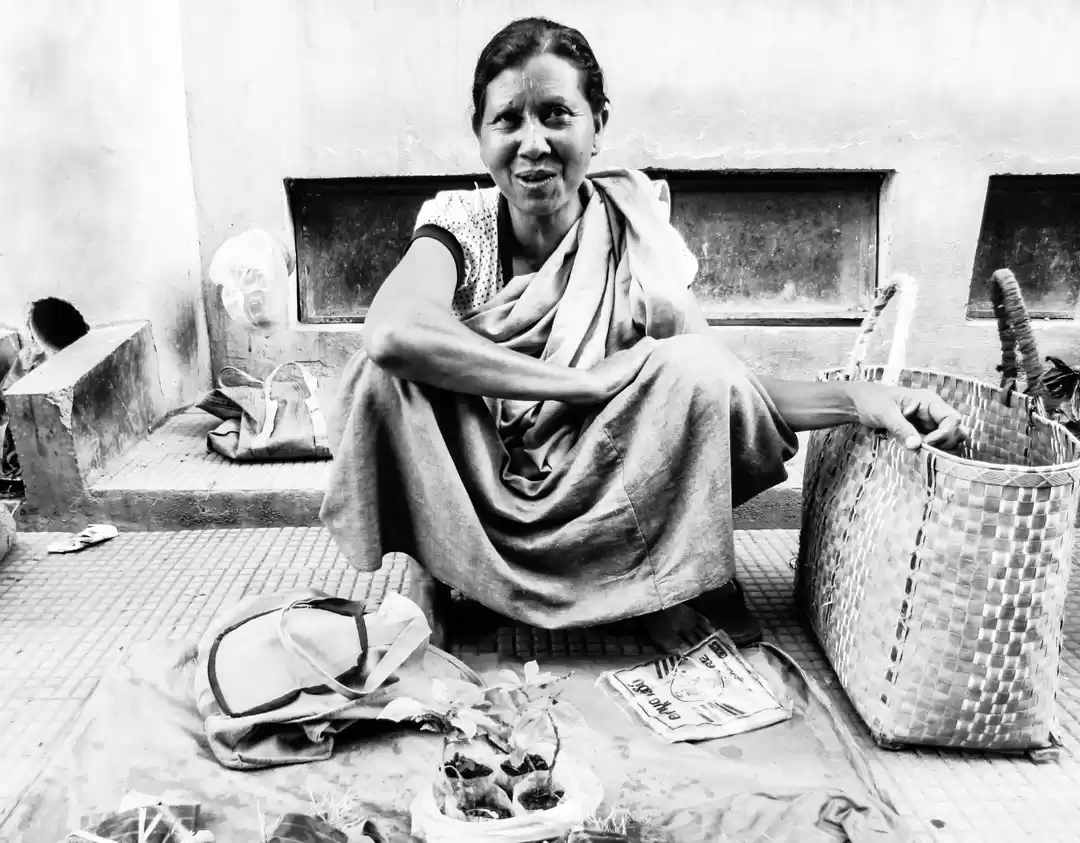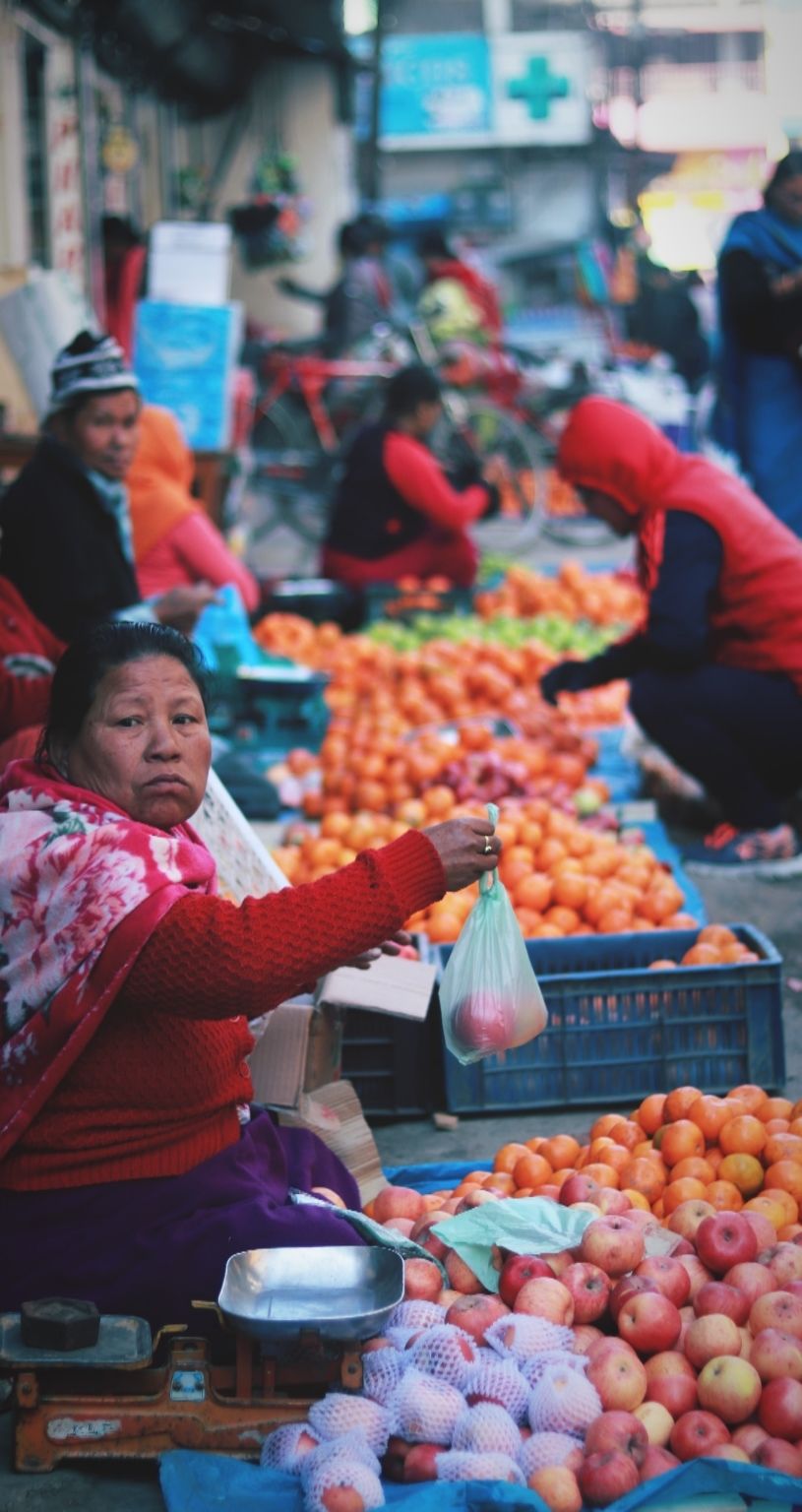
'Ima Keithel' also known as the Khwairamband Market, is situated in the confluence of the Naga Turel ( Naga river) and the Nambul river in the region of Kangleipak, Manipur, India. In the Manipuri language,'Ima' means mother and 'keithel' stands for market. As per the 'Cheithrol Kumpaba' ( royal chronicla), the Ima Keithel has been in existence from the time of 'Nongda Lai Pakhangba' ( 33 AD). This market is supposed to be the largest in the world, run entirely only by women.
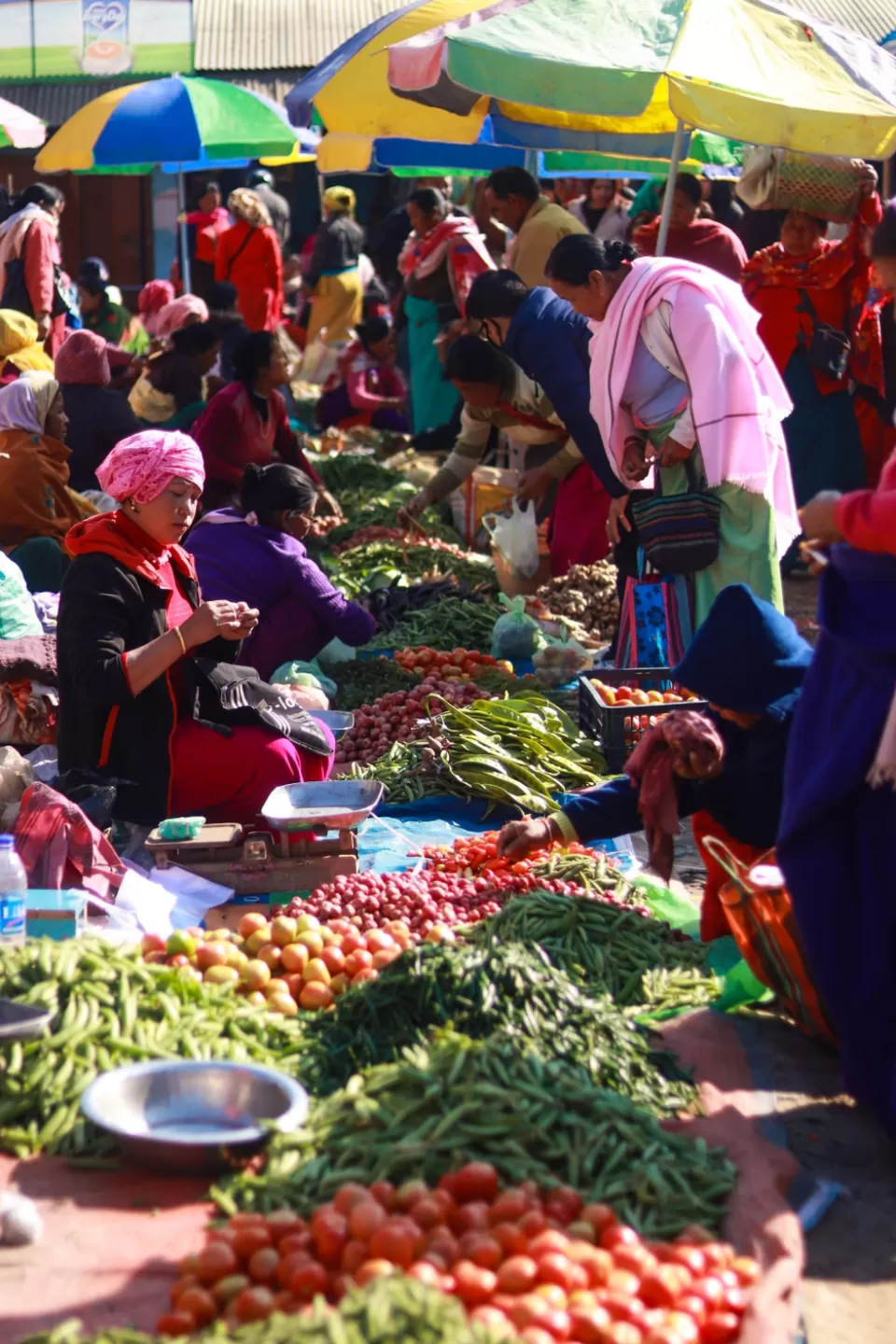
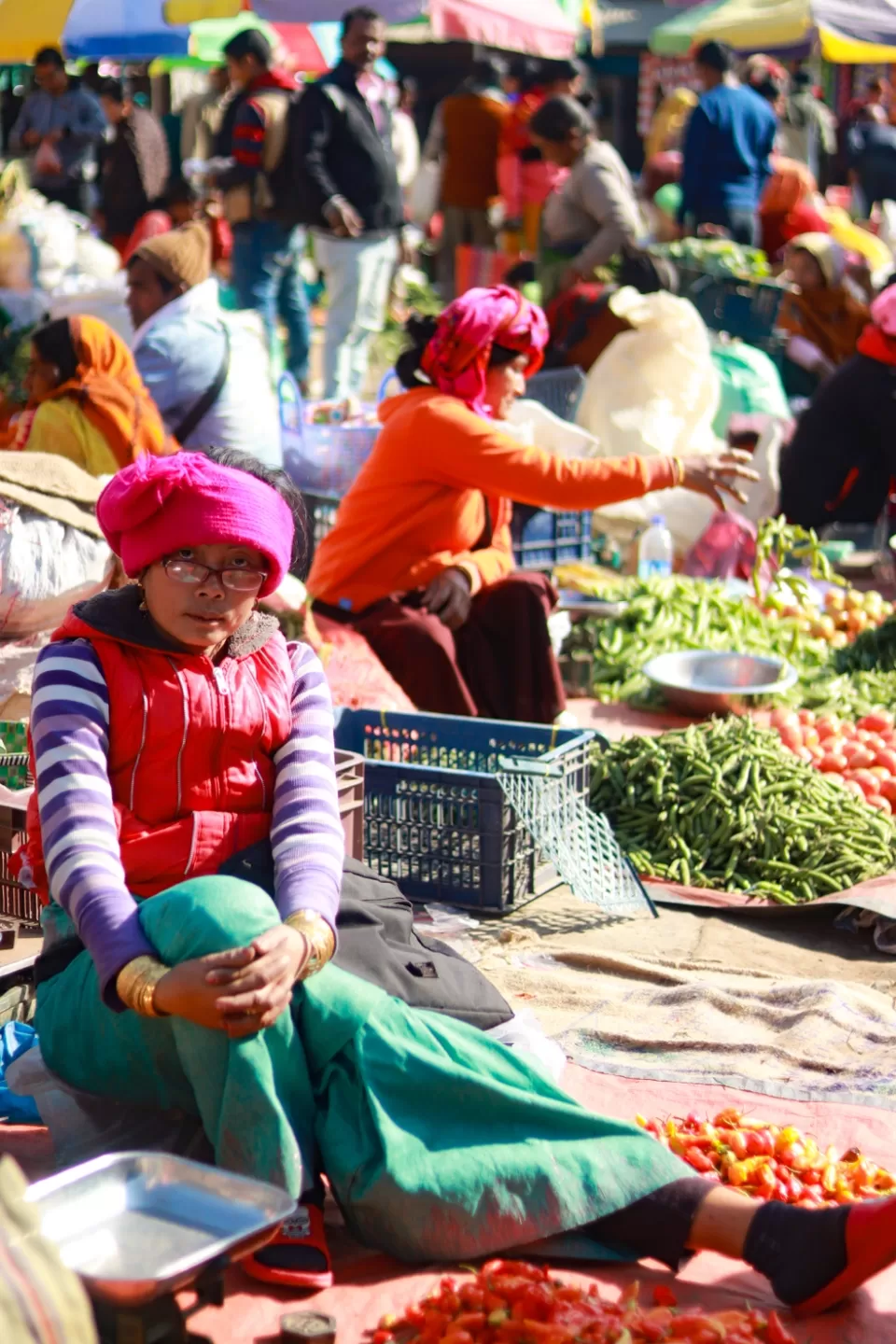

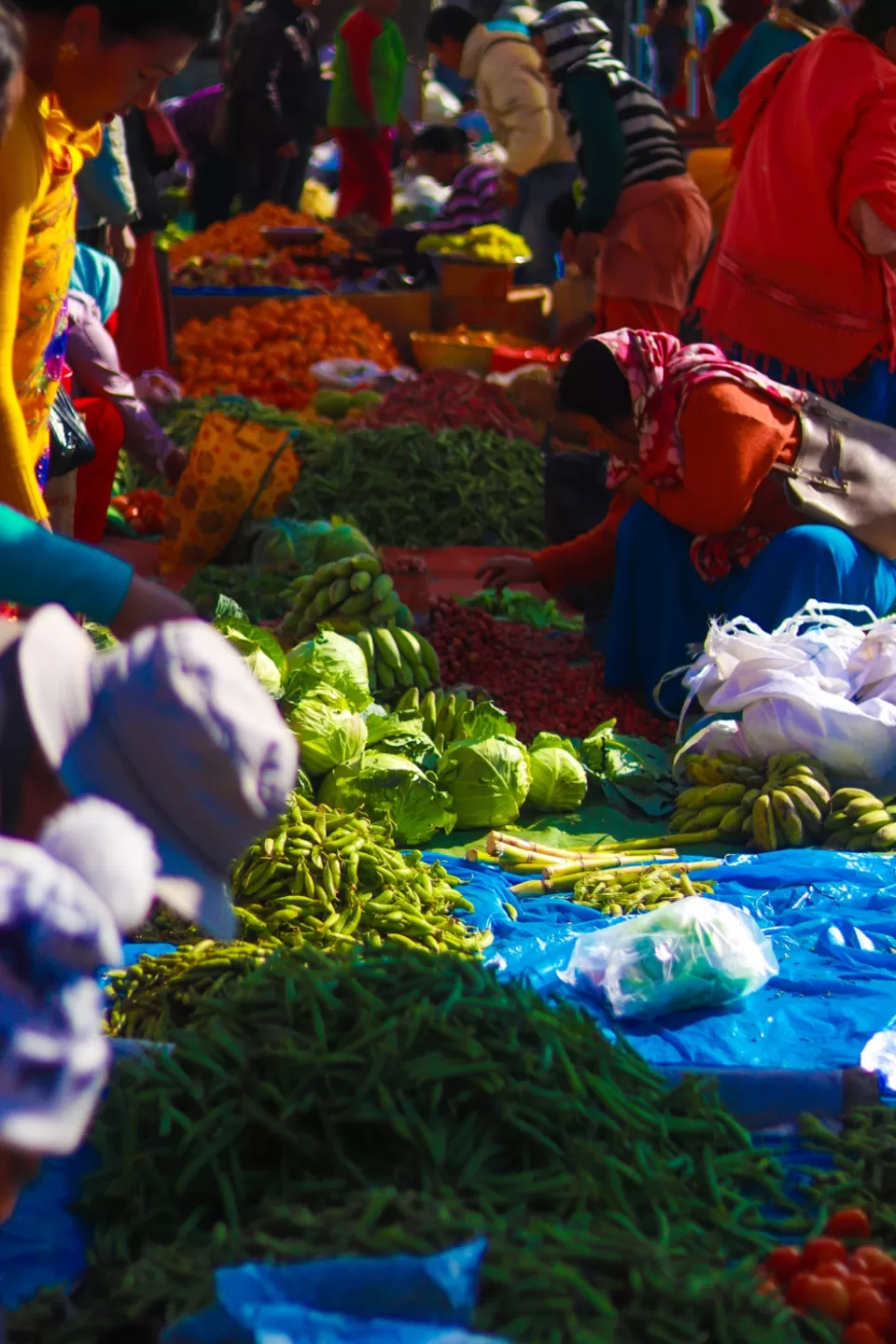
Women of Manipur have been widely acknowledged for their free spirited nature and their active involvement in the various social, cultural, economic and political aspects of the state and the country. When one talks of the meitei women, one cannot fail to remember the famous 'Nupi Lan' or the women's war - one of the most important movements in the history of Manipur led by women. This movement started in 1939 was against the oppressive economic and administrative policies of the then British government. Interestingly, this movement was organized in the Ima Keitel, where the outbreak of the uprising took place.
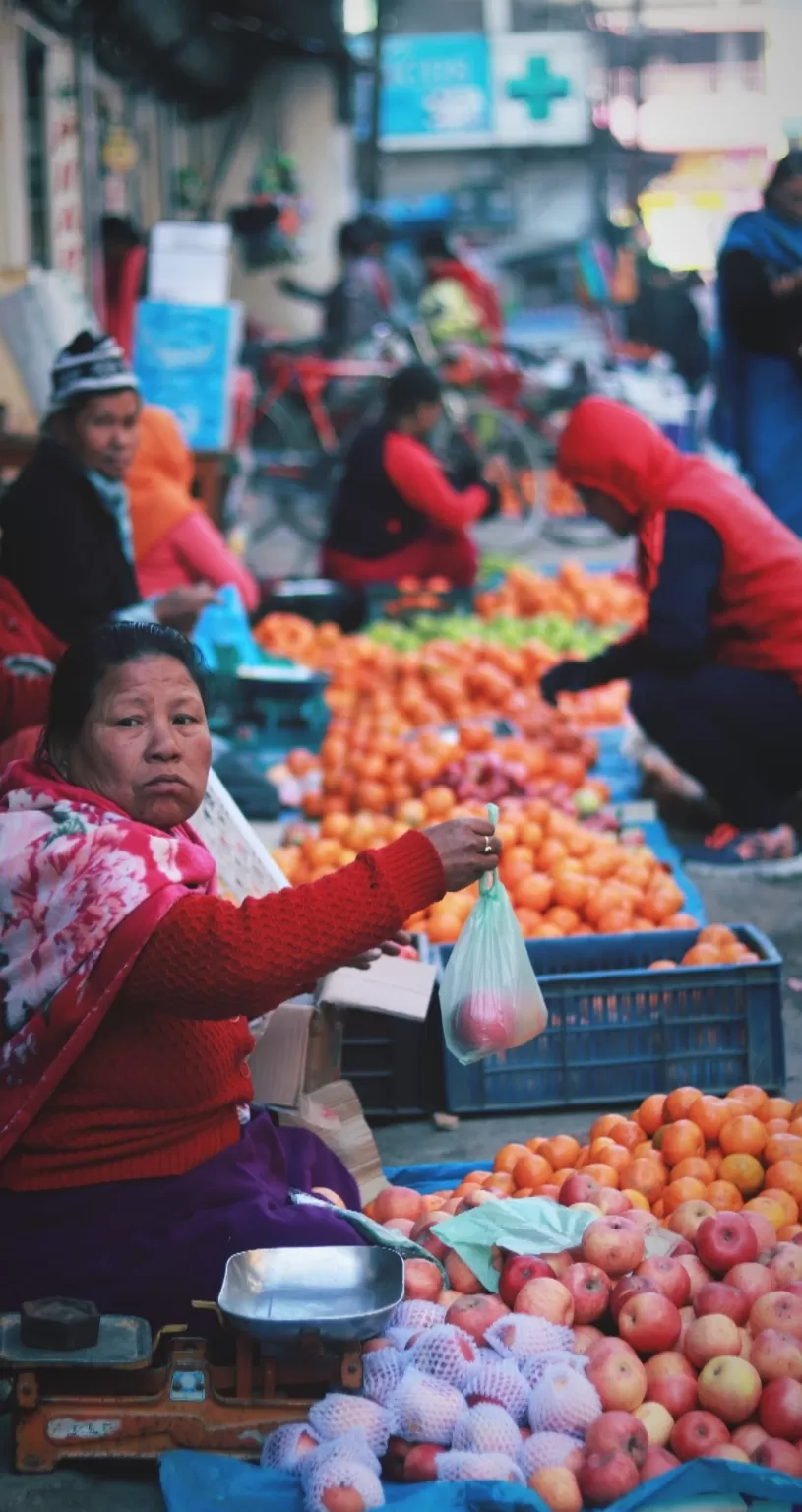
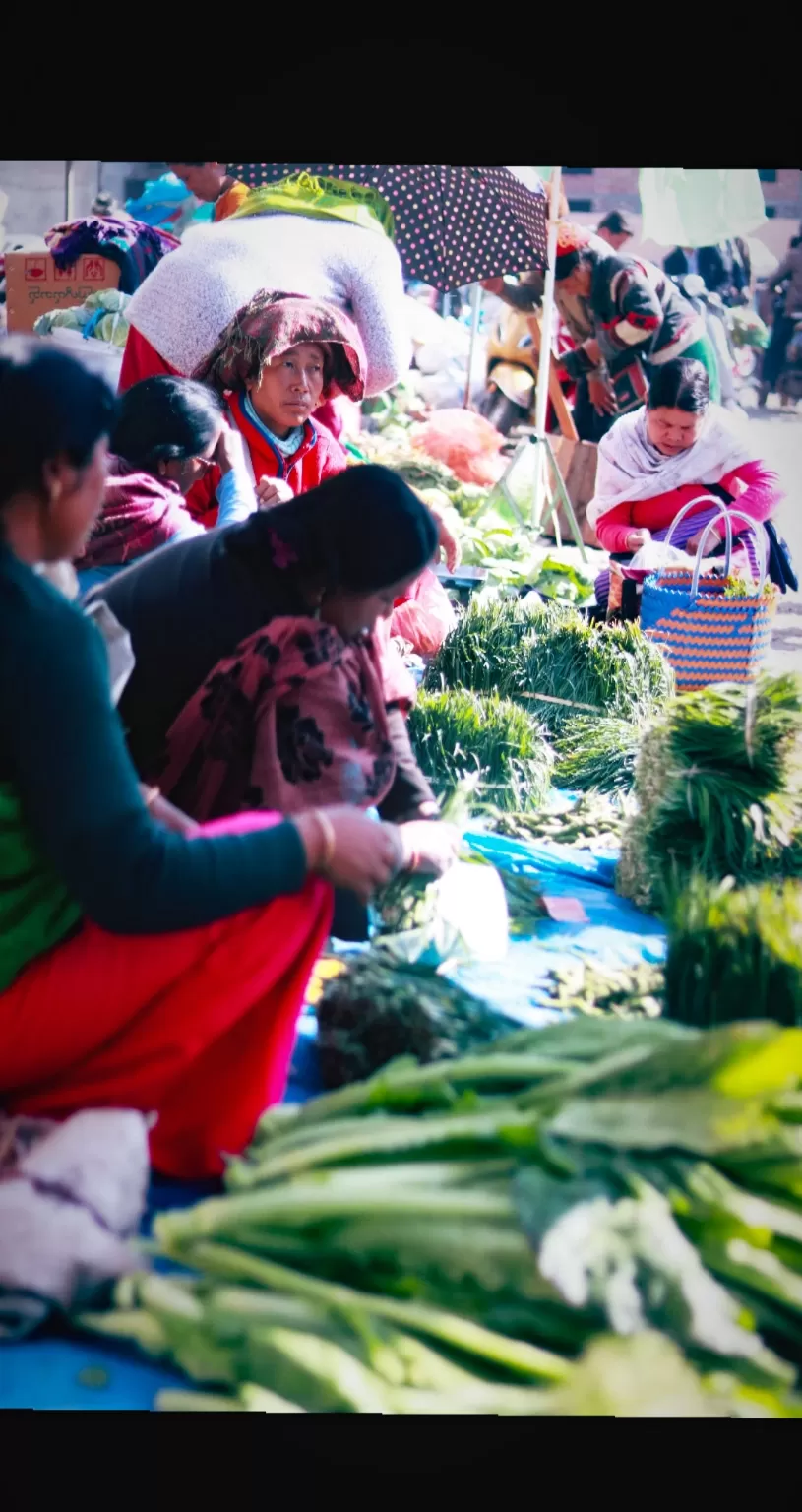
The Ima Keithel is occupied by more then six thousand women - whose average age is fifty and above - selling all sorts of items from household utensils to eatable goods and handloom products. Earlier the shops used to be in the open streets. However now it has been made a lot more developed. They have been shifted to the newly constructed and properly maintained government buildings: Ima market, Lakshmi Bazaar and the Linthoinganbi Bazaar.
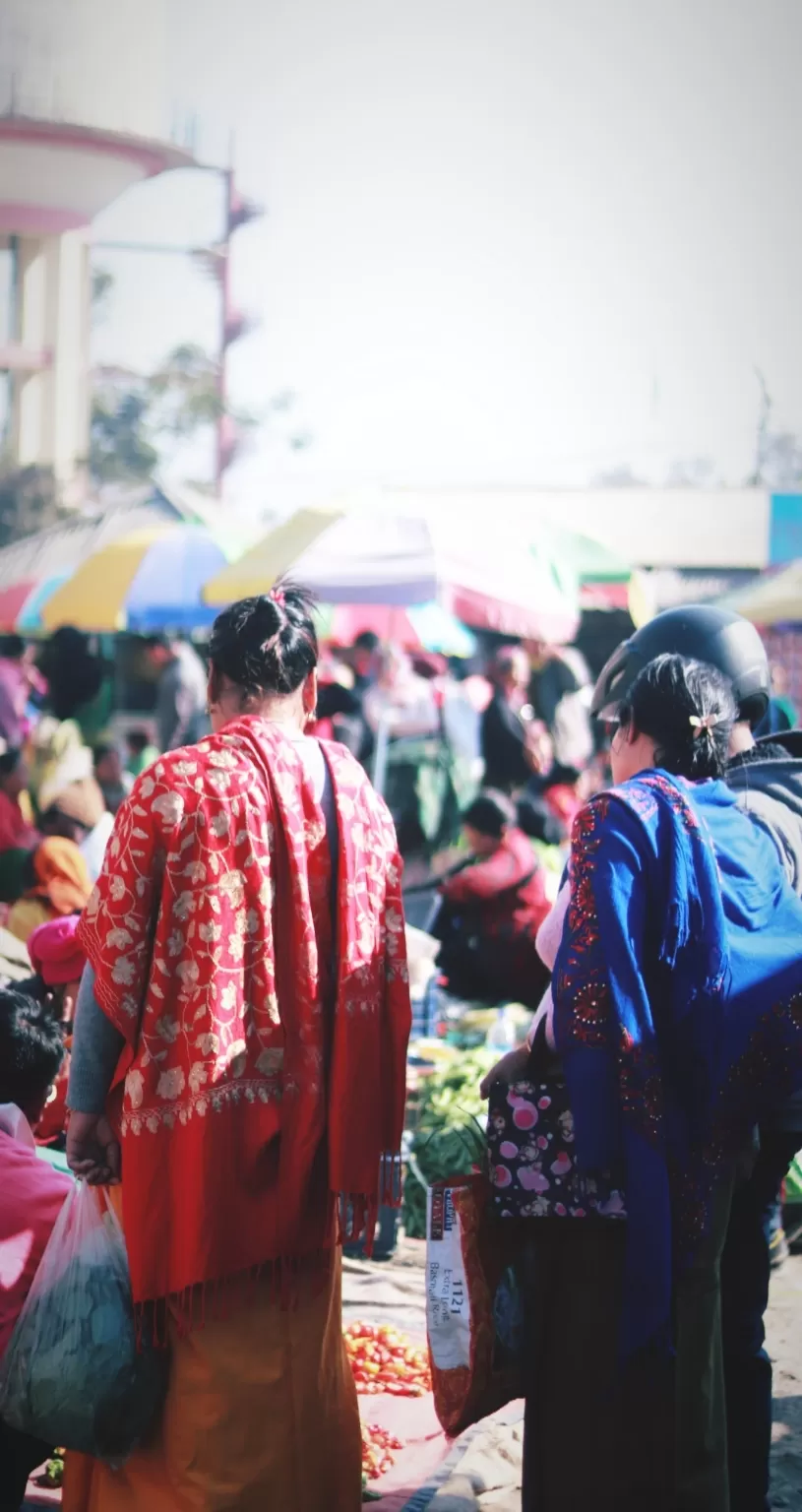
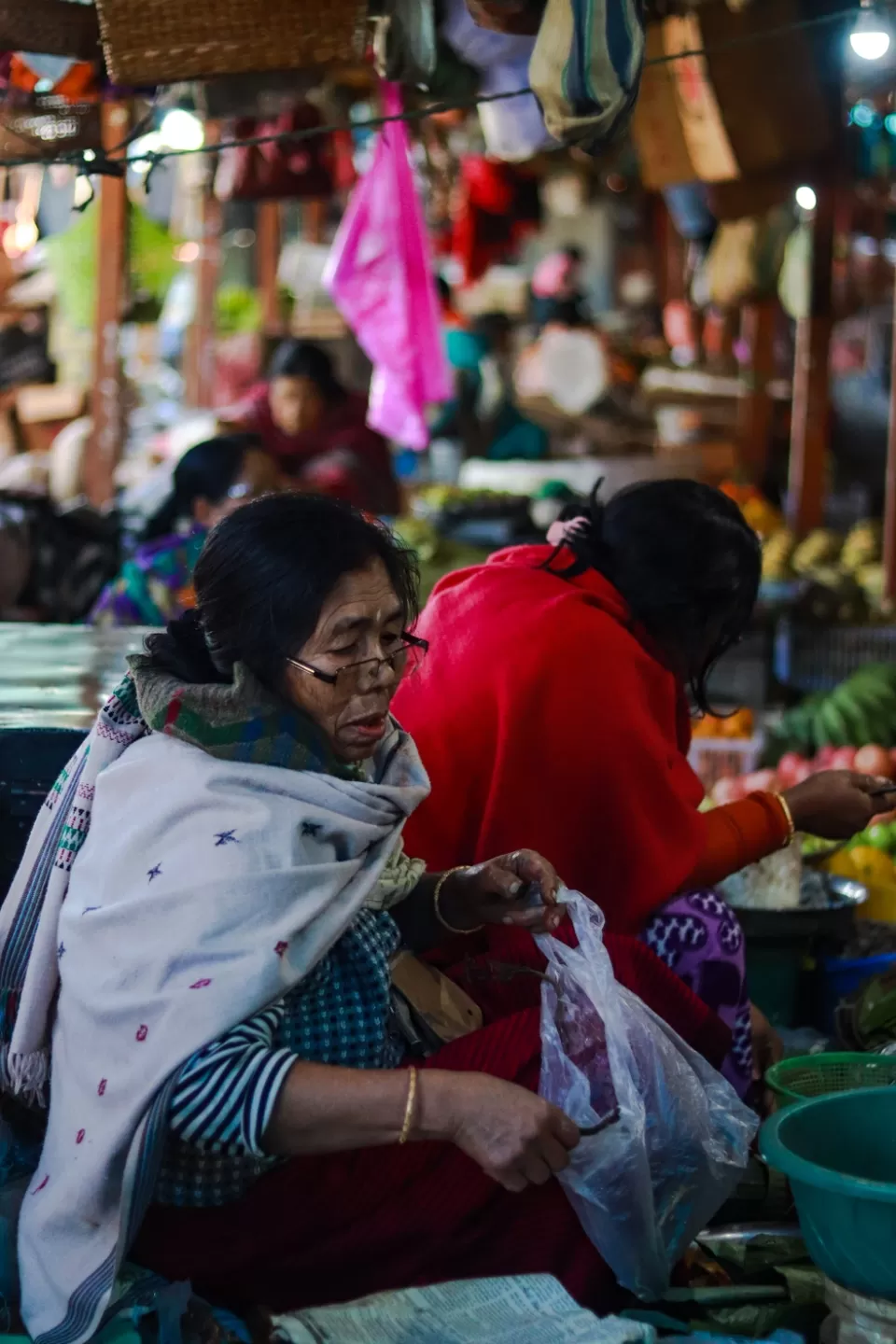
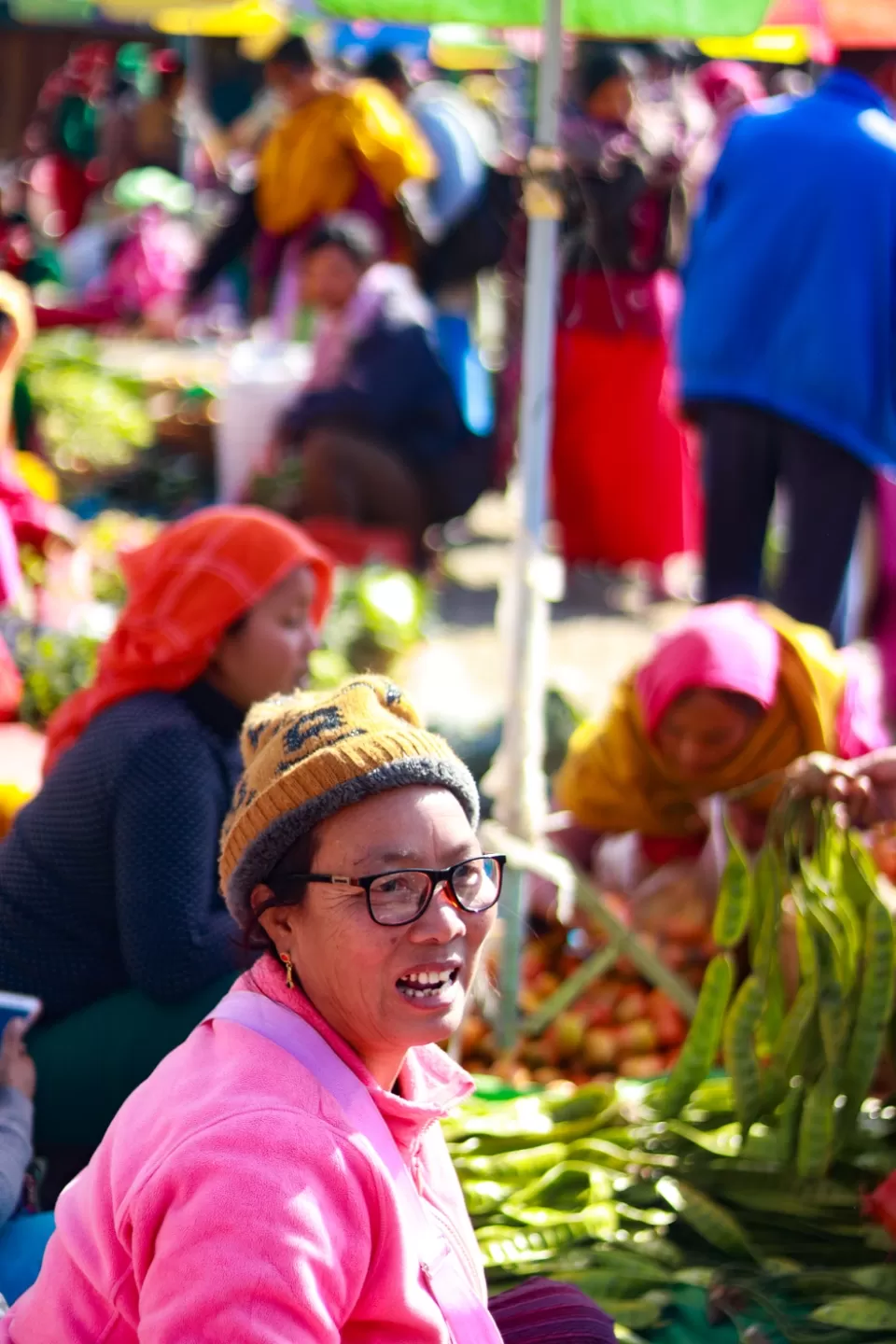
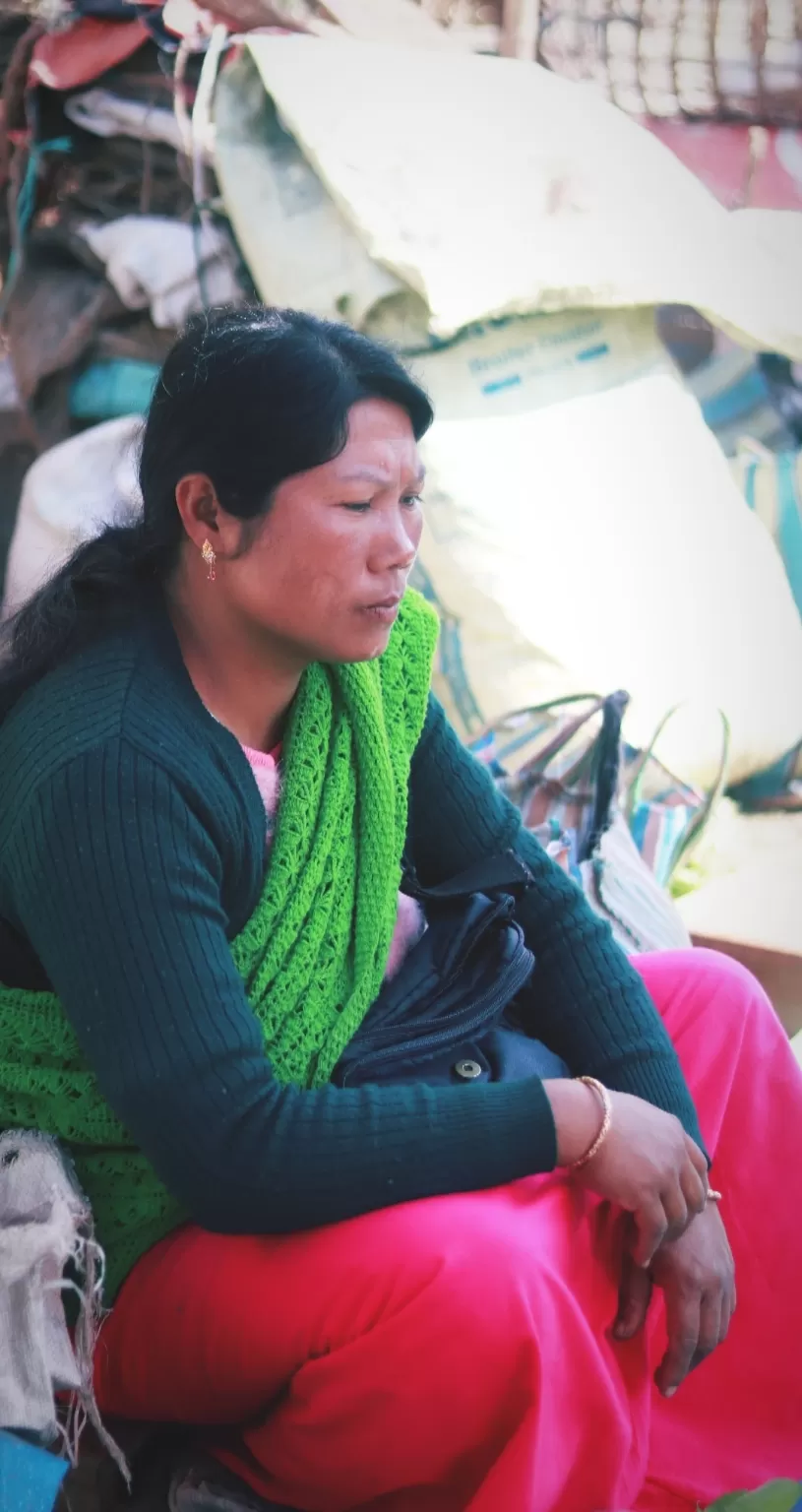
In this bazaars, the women are the primary as well as the secondary vendors. The primary vendors here are those who sell their goods grown in their own locality or houses and the secondary vendors then collect the items early morning from the primary vendors and sell them at a higher price in the market. Additionally, the later buy fishes from the fish farms coming from distant places. Similar is the way for the vegetable sellers. The primary sellers are specifically known as 'Lalyonbi' in the Manipuri language. In the early morning, these 'Lalyonbis' collect all the saleable goods at a cheaper price from the bus stations where products are brought by the primary sellers. There is also an exclusive shed of pottery and an eating place for the women in the market complex.
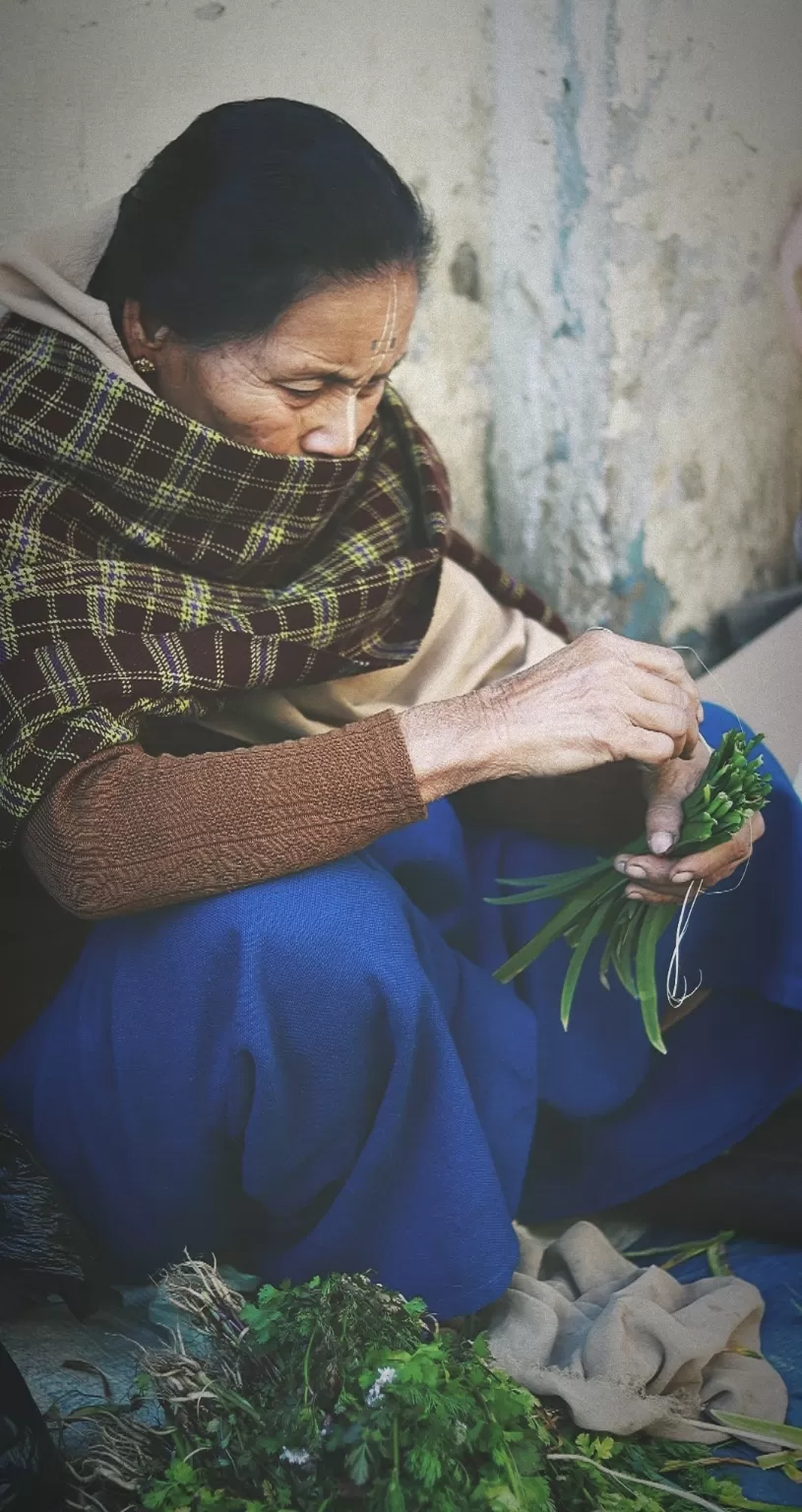
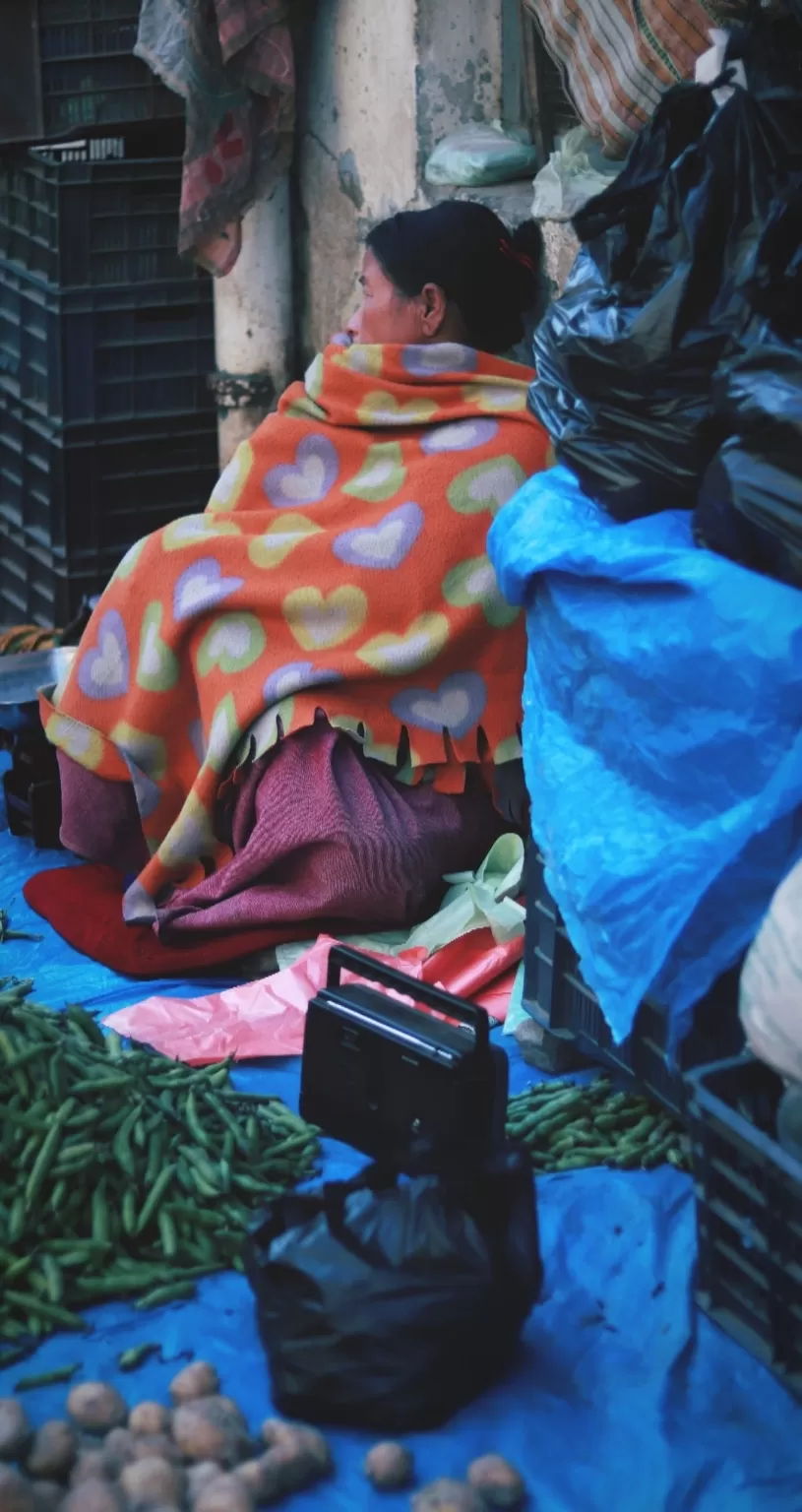
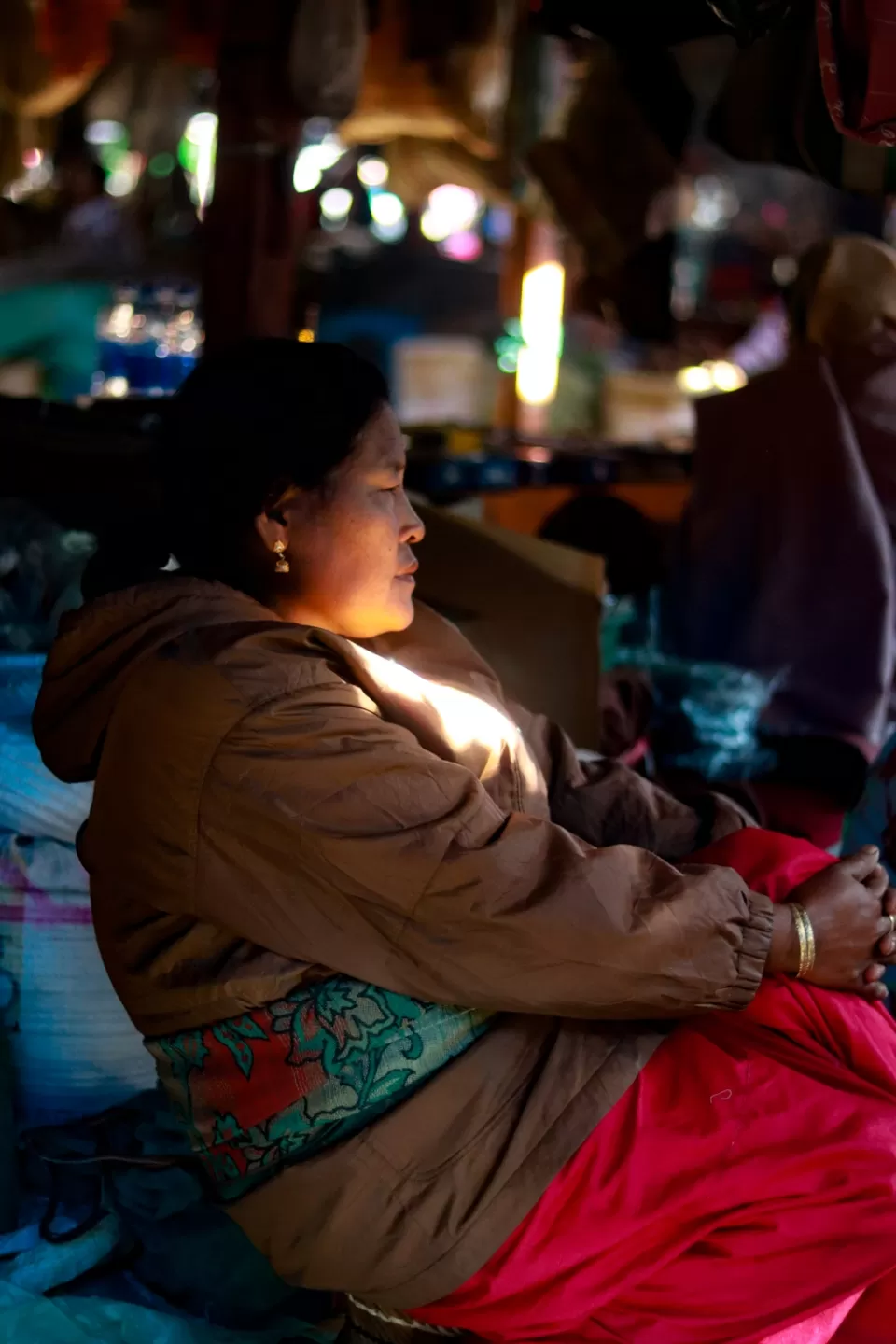
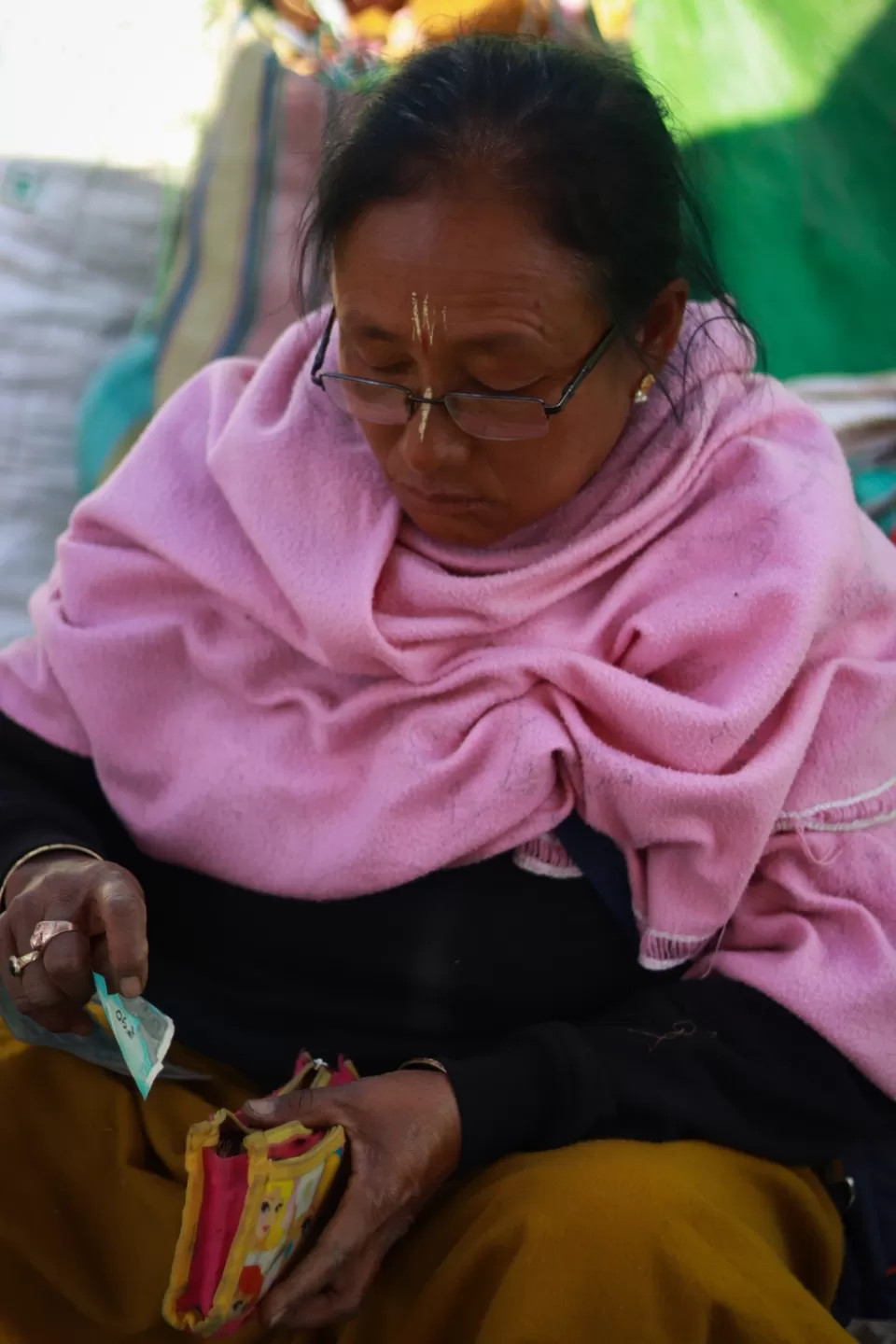
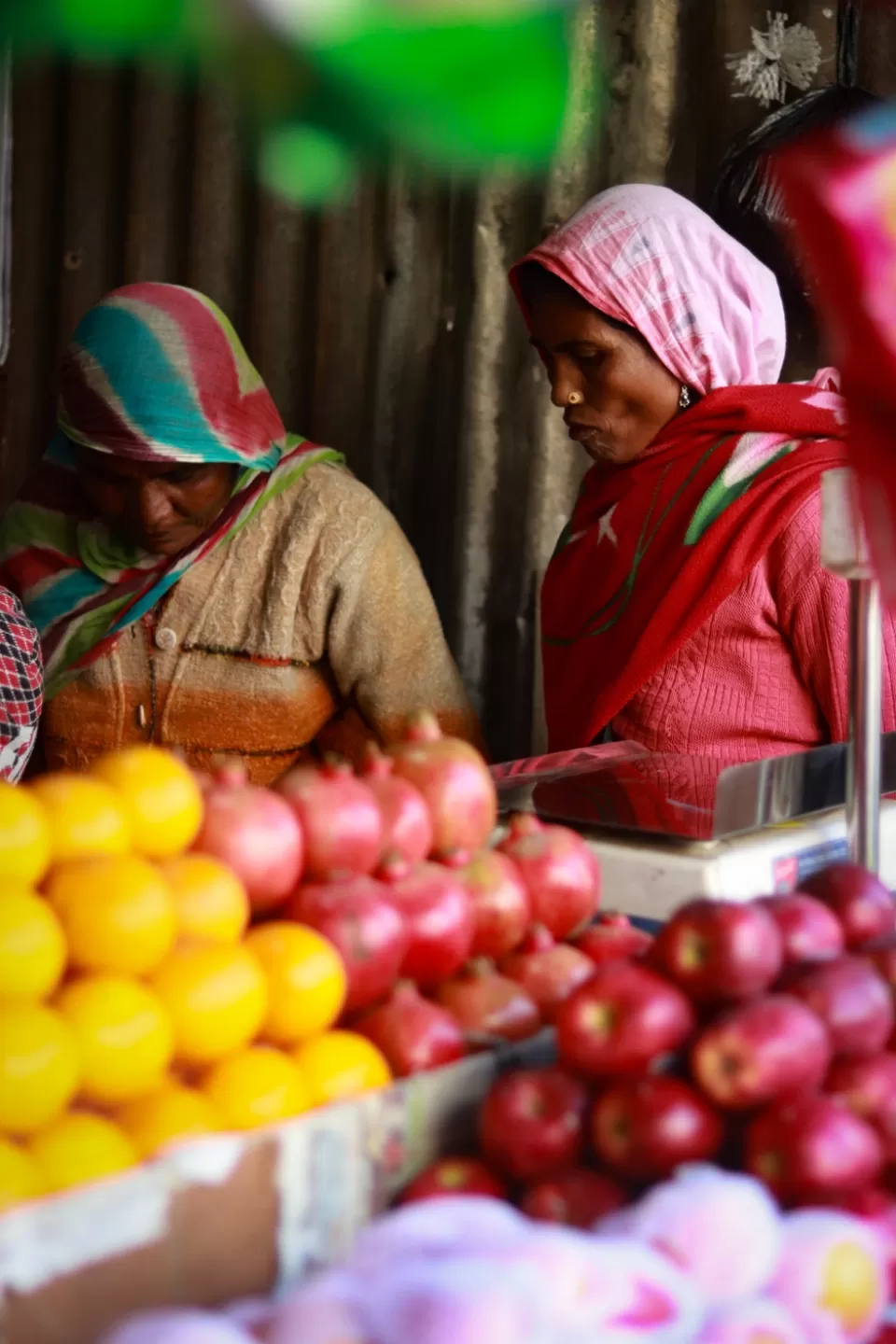
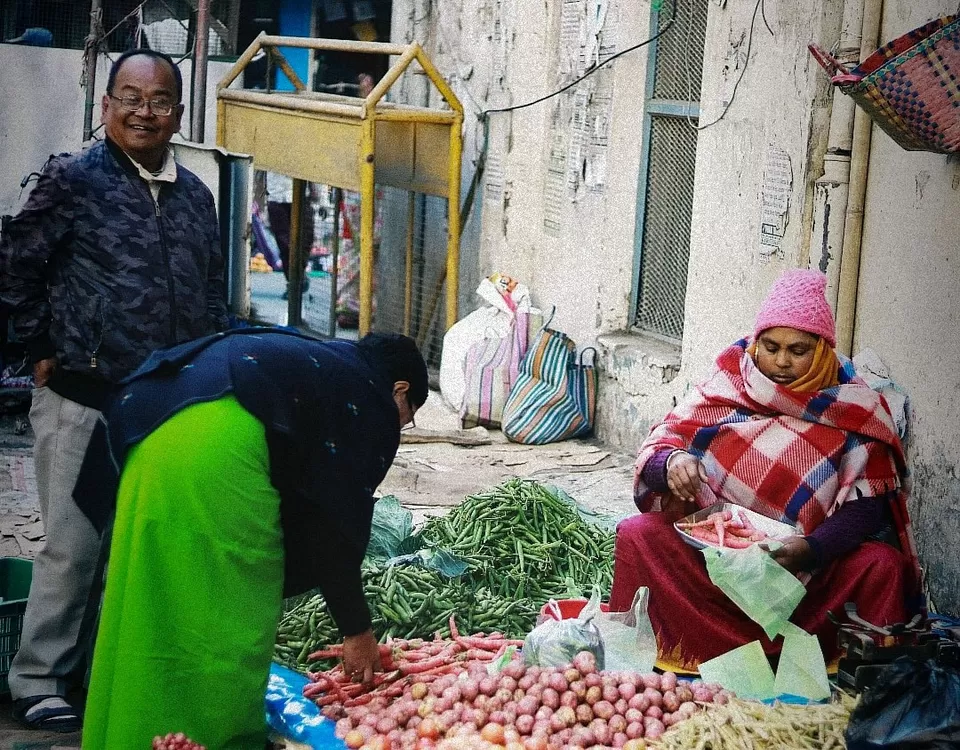
The Lakshmi Keithel, which lies in the southeastern direction of the Ima Keithel, deals with the handloom products. Here, the secondary vendors primarily sell the products. Apparently, the non Manipuri traders supply yarn to the weavers. After weaving, the weavers then give the clothes to the secondary traders after payment. The later then sell the clothes in the market. In some cases however, the vendor herself may be a weaver too. In that case, she herself sells her woven clothes in the bazaar.
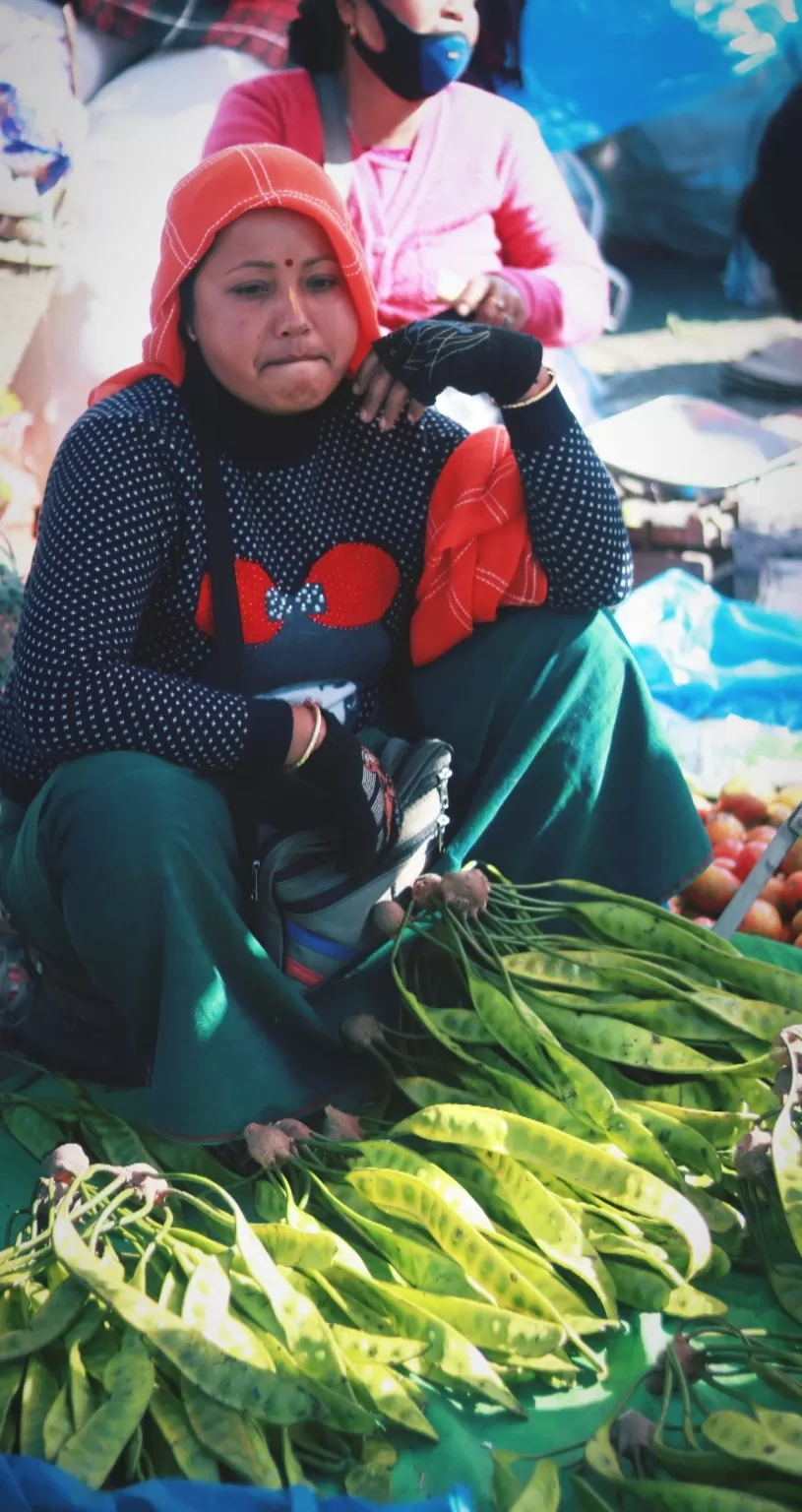
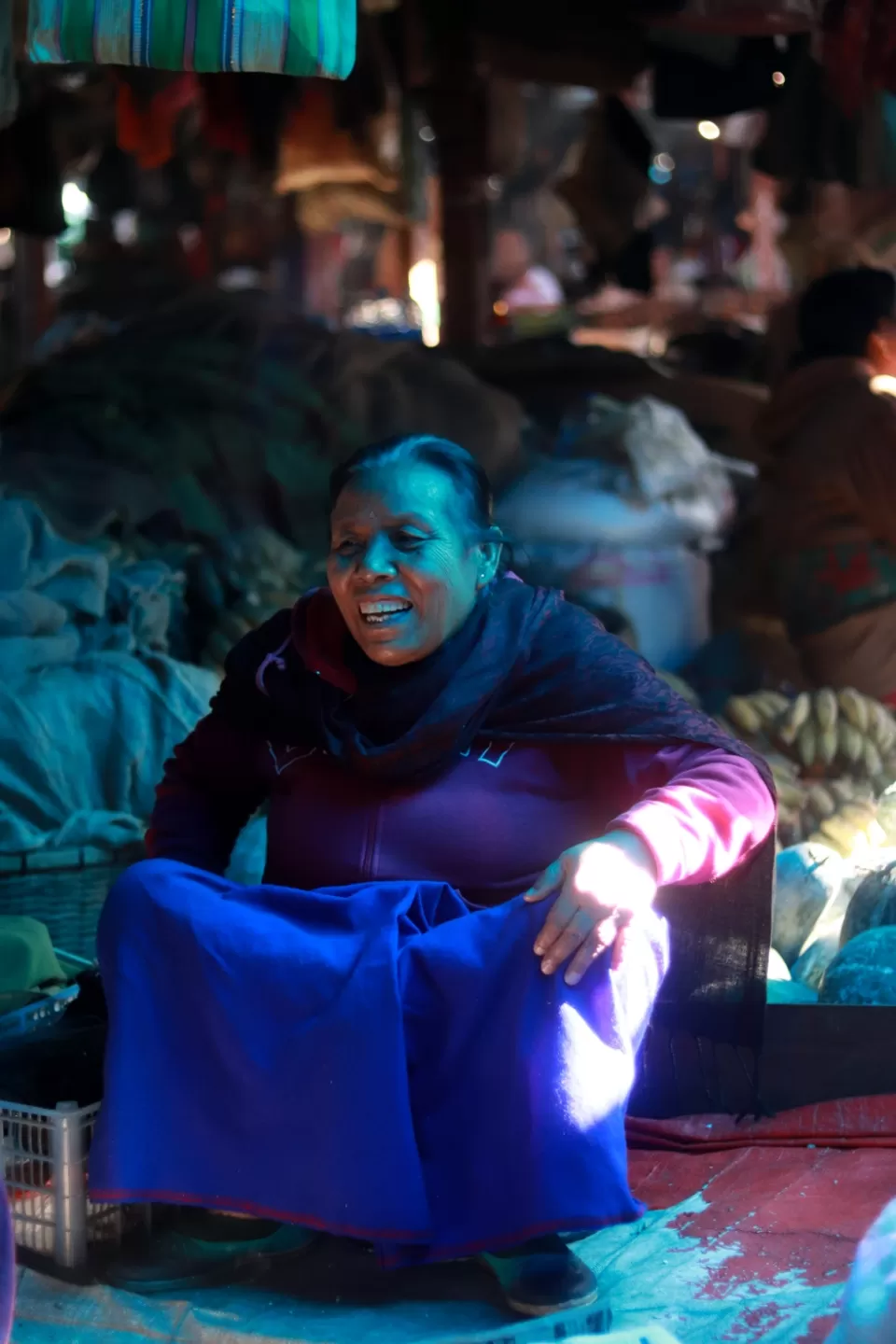
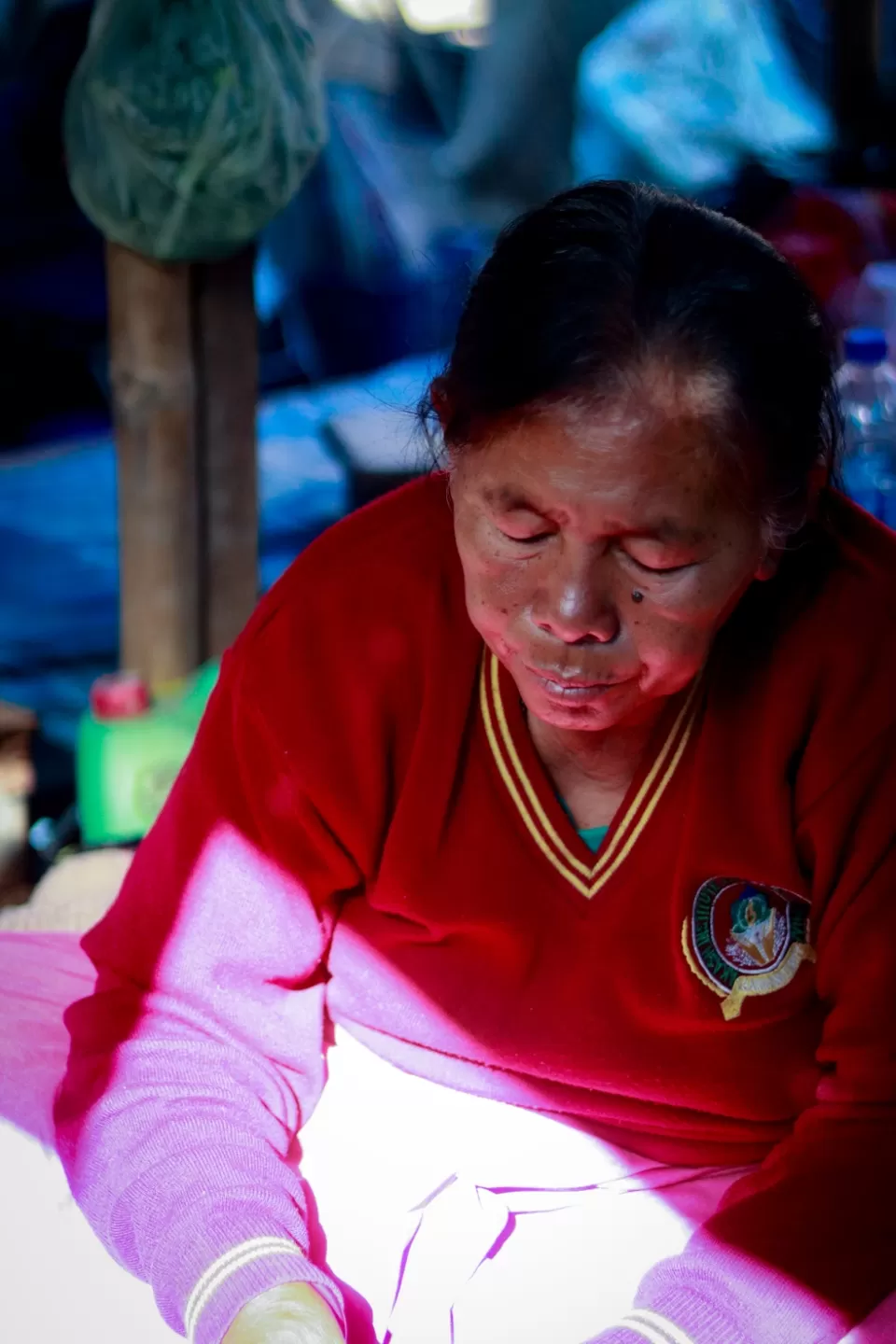
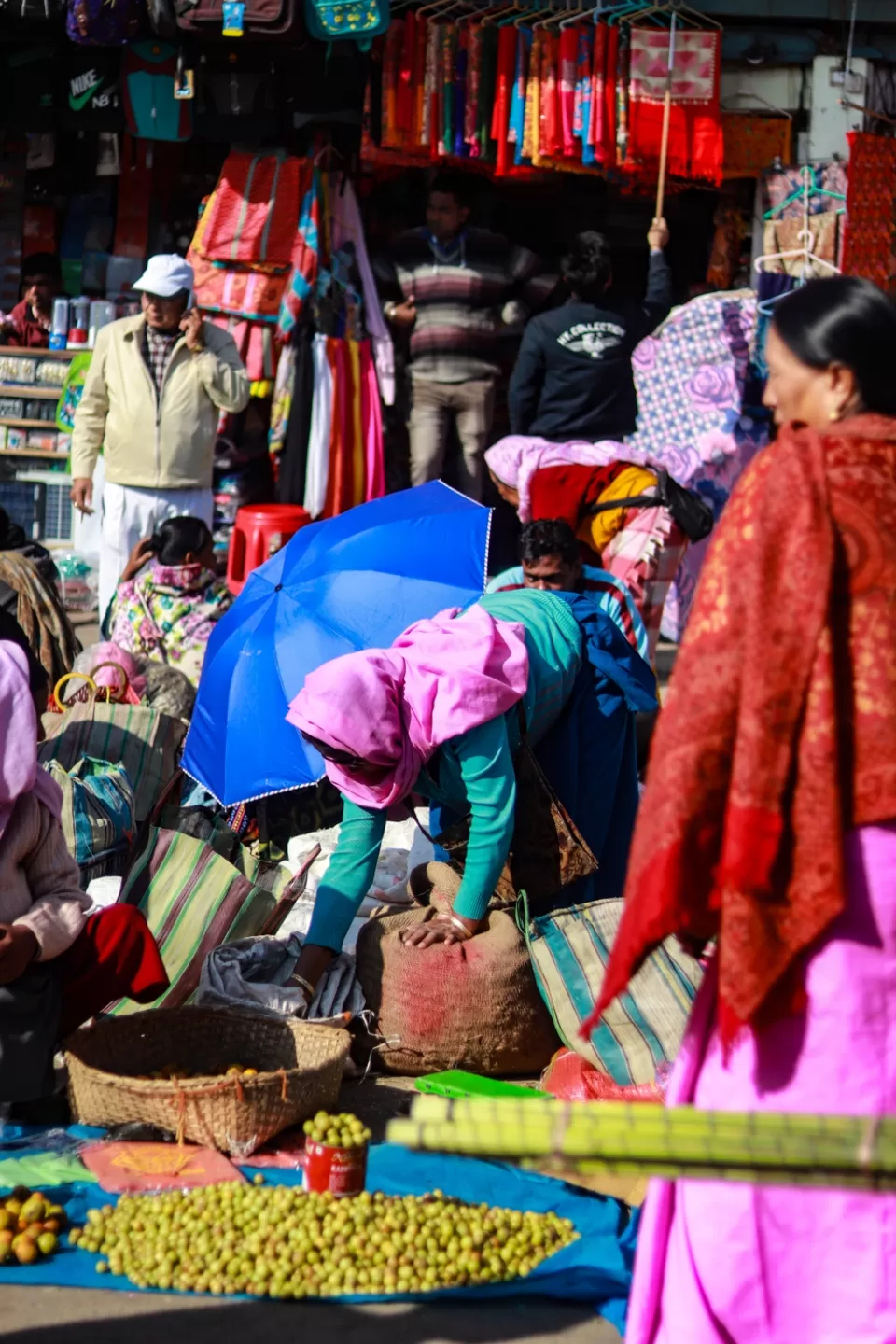
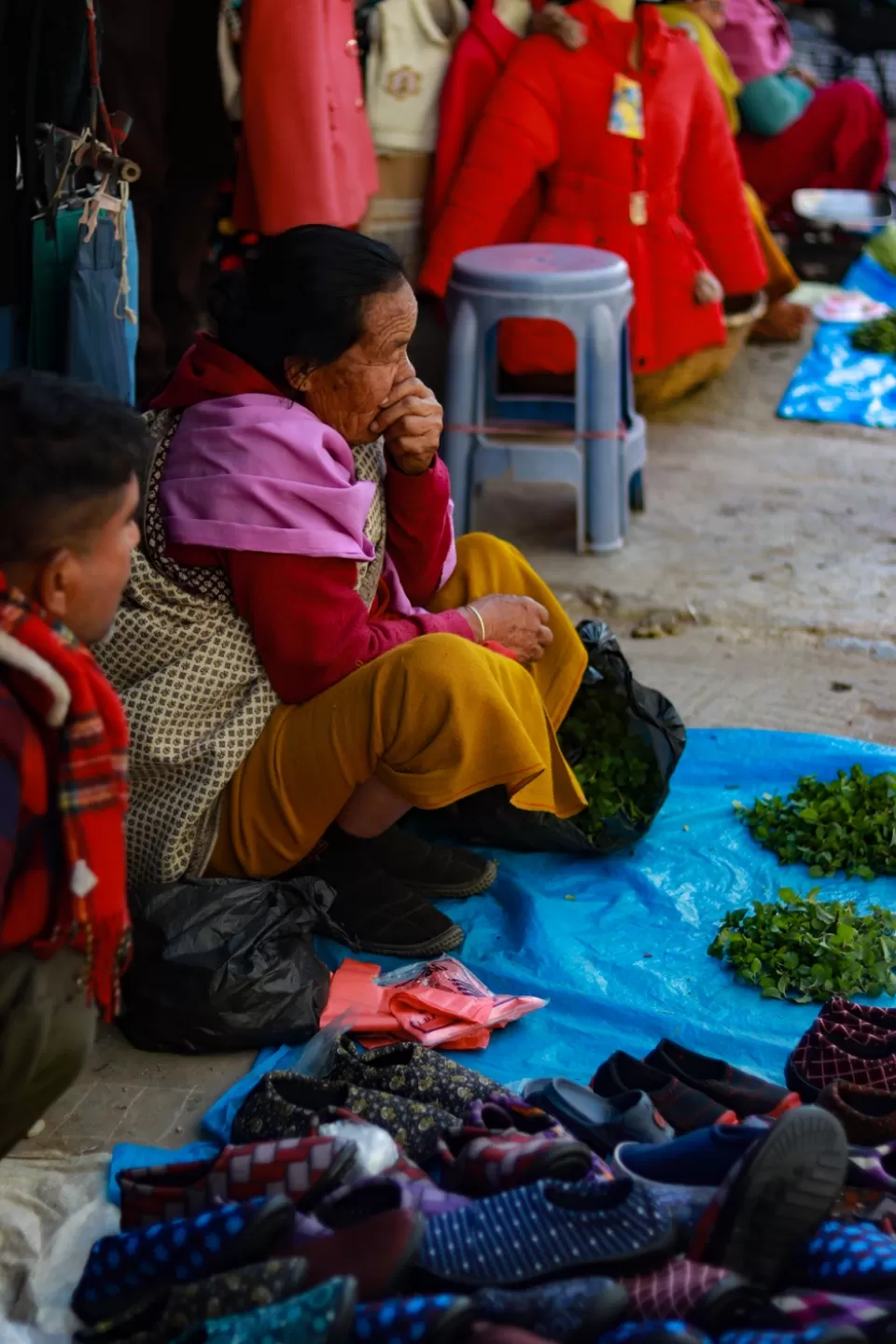
The Linthoinganbi Keithel is located in the Eastern direction of the Nupi Keithel. This market is also known as 'Phi Yonpham' which in the literal sense means 'the market in which clothes are sold.' The items mainly sold here are the handicraft works such as shawls, mosquito and fishing nets, 'phaneks' costumes of the Manipuri dance and items related to the deities etc. This one is a tourist spot primarily and is usually the most crowded. The weavers here operate in the same way as in the Lakshmi Keithel.
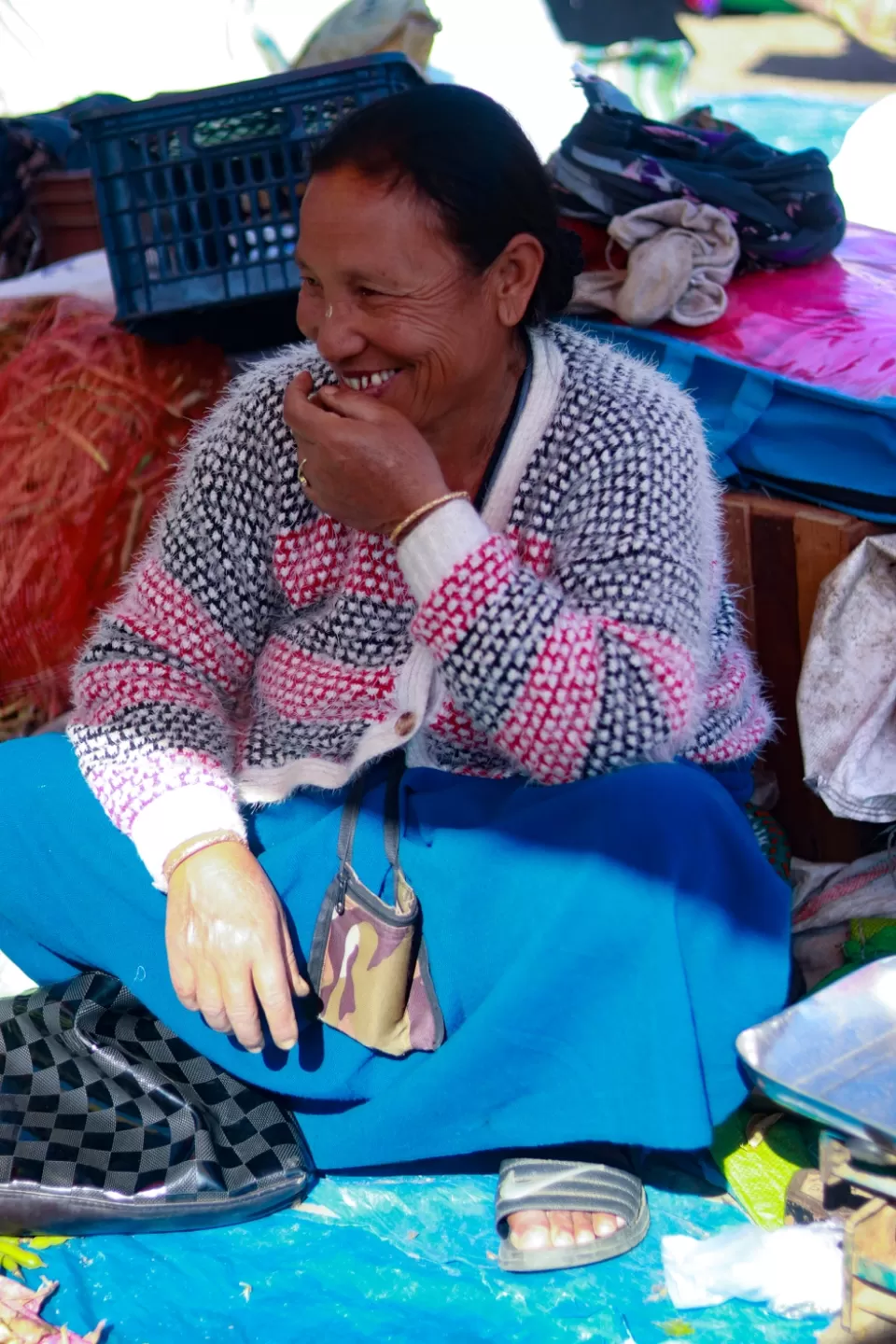
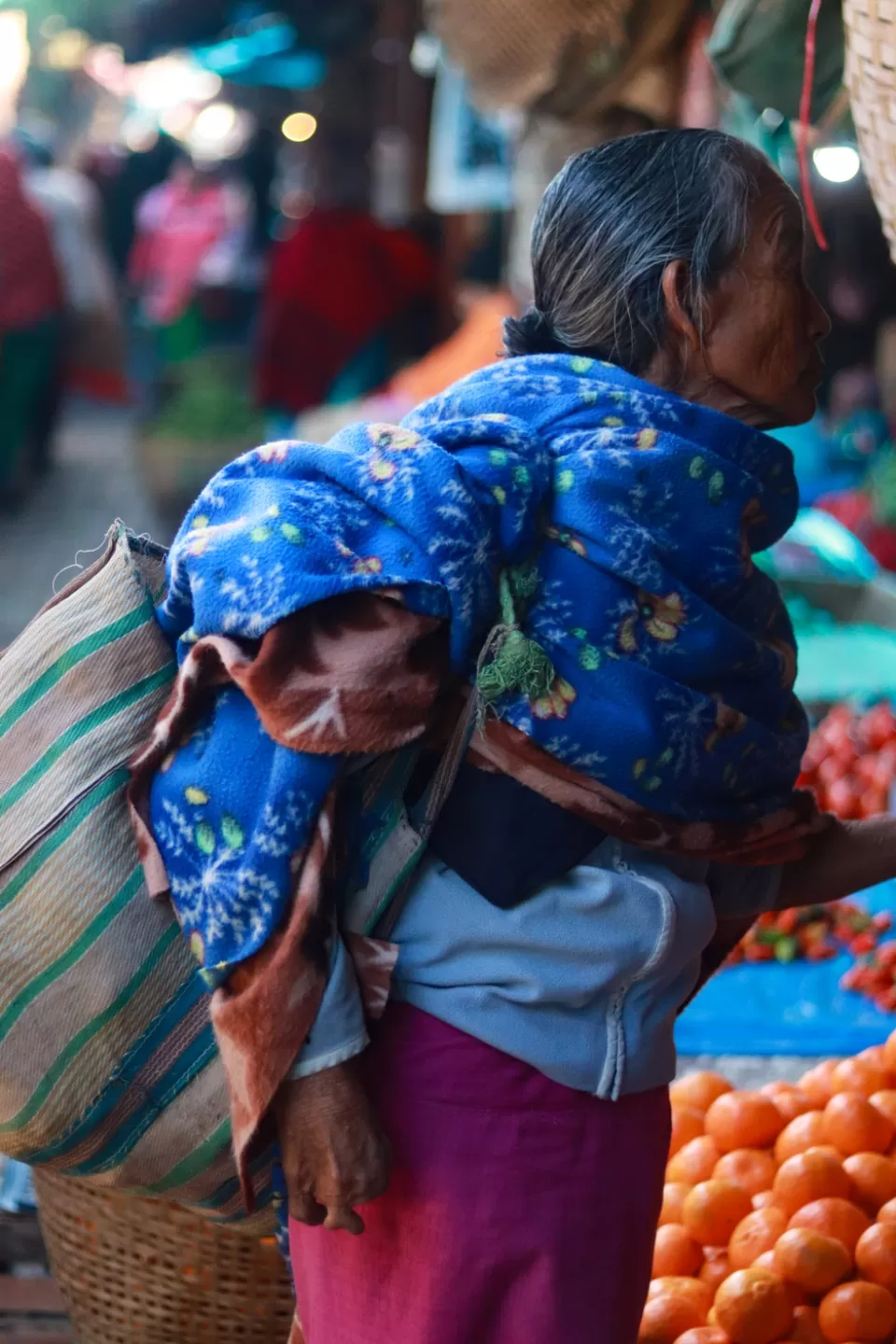
The moneylenders play a dominant role in financing the traders. The vendors depend on them because firstly, they do not require large amount of finance and secondly, hassle free institutional finance is not available to them. However the main problem which these women traders face is the adverse effect of the frequent bandhs and strikes that take place in Manipur due to several reasons. In my opinion, awareness of banking facilities must be made available to these women entrepreneurs. However since most of them are illiterate, the hurdles cannot be entirely solved.
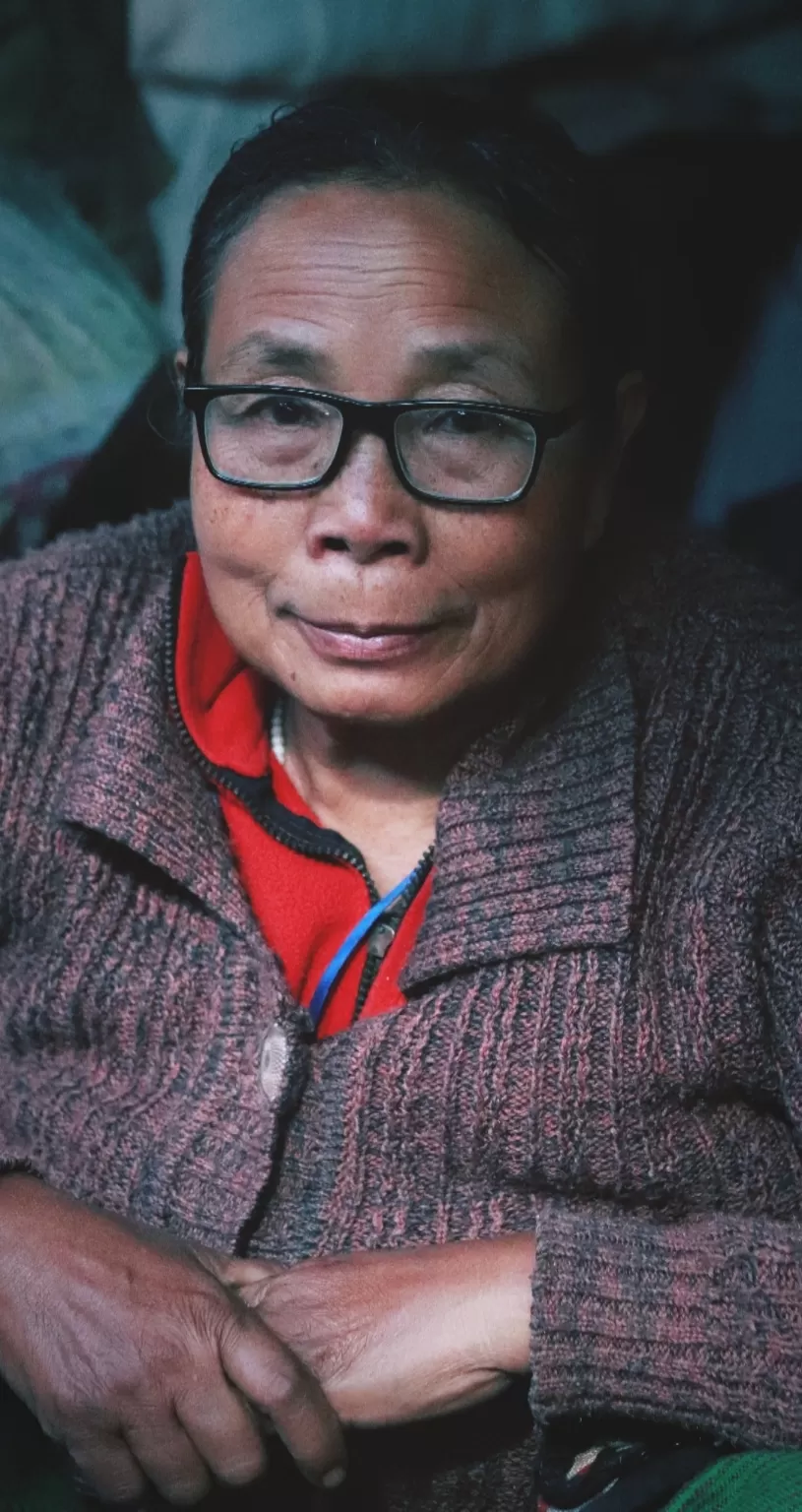
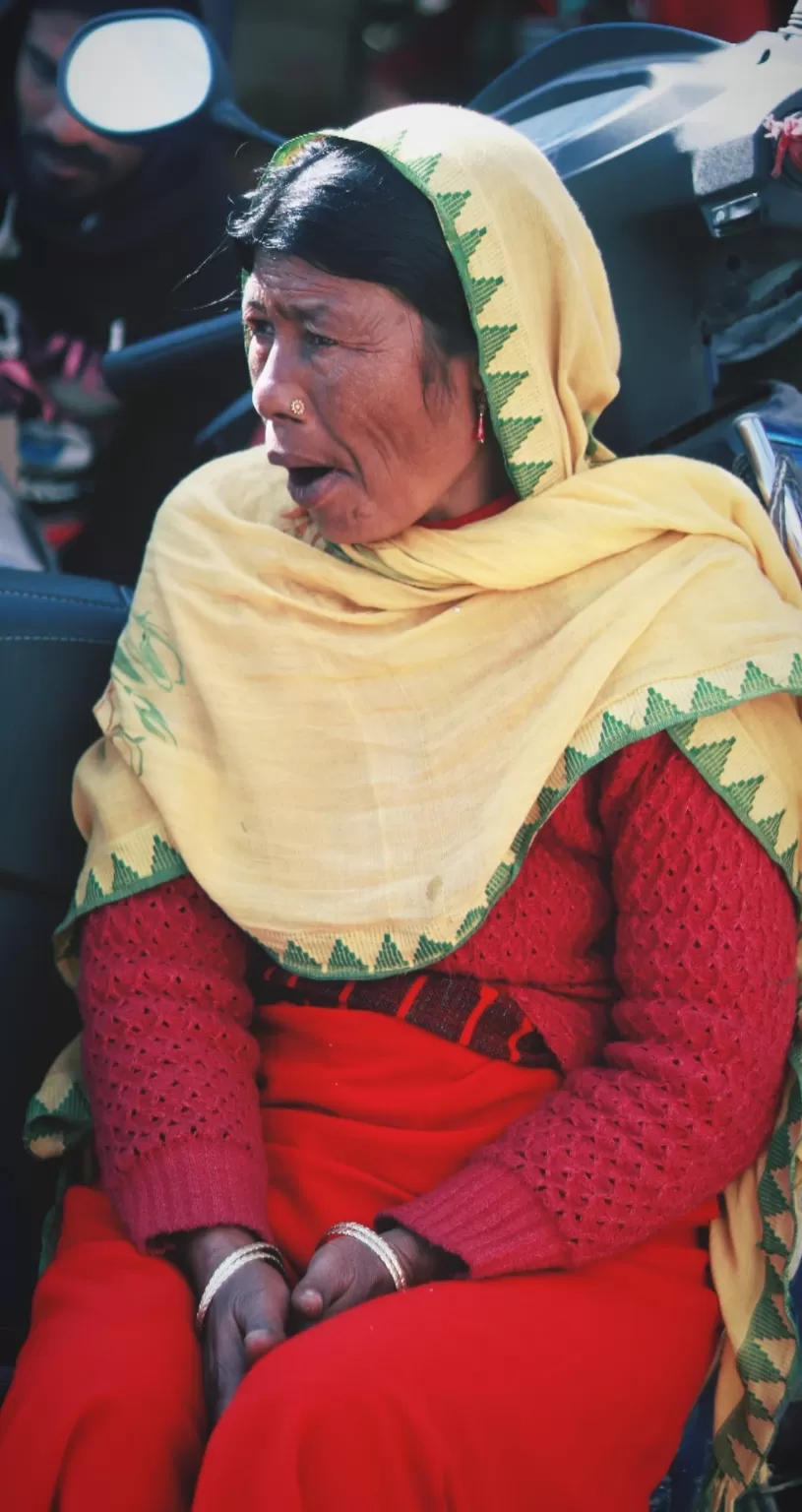
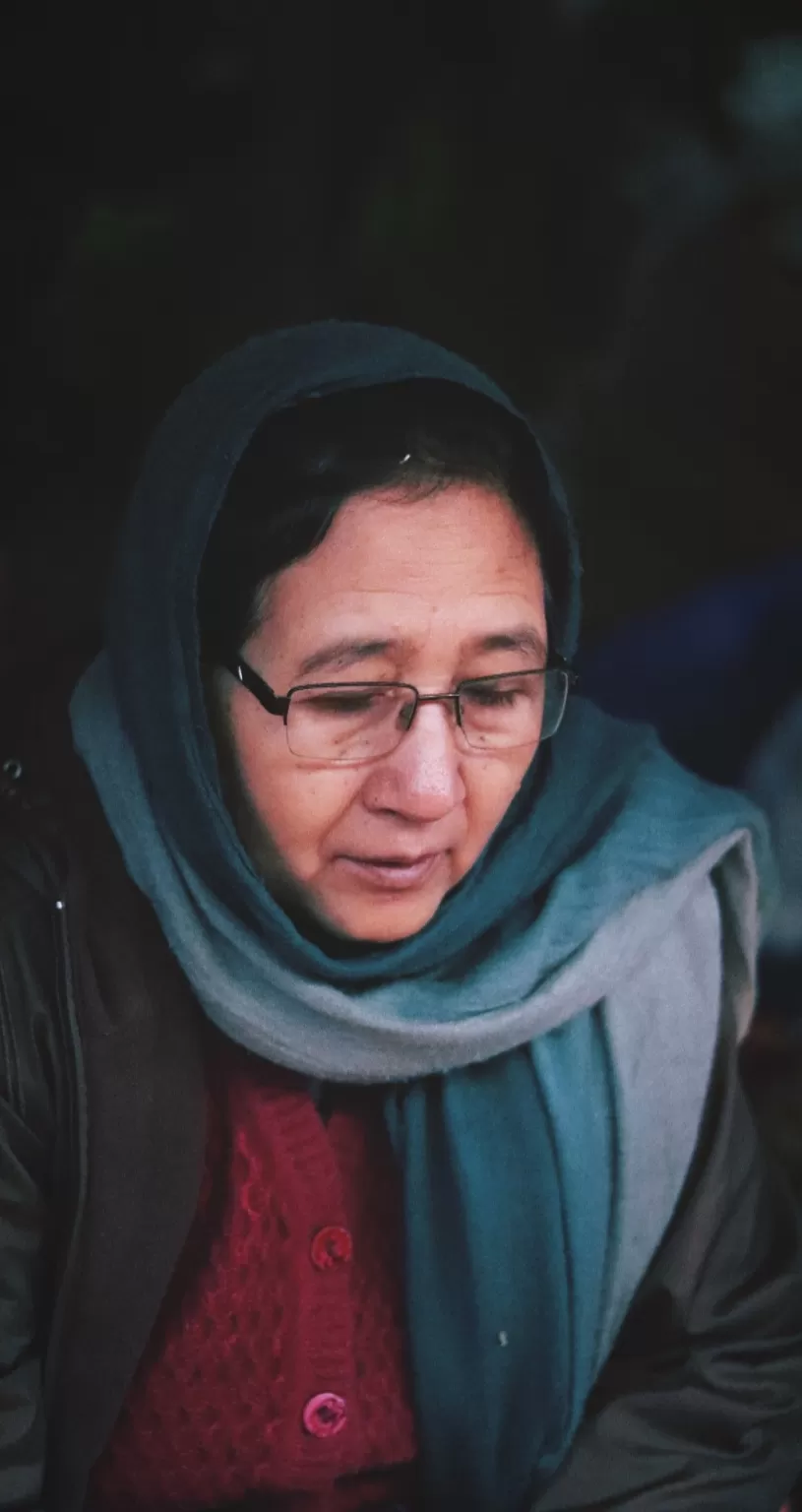
It is not surprising that women in Manipur have been involved in various kinds of entrepreneurial activities since ages. Women traders engaged in grocery and household items, handloom and handicraft products etc is a common sight in the state. However in the present age they have started venturing in the non traditional sectors as well. These women have shown impeccable strength and courage in leading the life they want and in fighting for their rights against all odds. Something we all should learn and implement in our lives.
